Lens Review – Artralab Nonikkor 24mm F1.7 for Fuji X
This is my first lens review for Fuji X Passion and as such there are a few things I want to touch on before I talk about the lens itself. When it comes to lenses, there are two camps. On the one side, we have those who chase reproduction, producing ultra sharp images that chase perfection – previously through optics but more recently through a combination of manufacturing techniques that offer more consistent results and digital corrections. On the other side, we have character lenses that lean into the lens designs of yesteryear and embrace optical “flaws” in favor of unique rendering. I’m firmly in the latter camp, and with Fujifilm moving further and further towards those “perfect” lenses, I find myself looking to 3rd party offerings. Whilst there will be reviews of more clinical lenses I feel are lacking in Fujifilm’s lineup (such as the Viltrox 13mm F1.4) due to my personal style and preference, I thought it best not to go against the grain and introduce you all to options for character lenses you may not be familiar with alongside providing much needed in-field imagery with them. I will also be active in the comments to answer any queries as best I can.
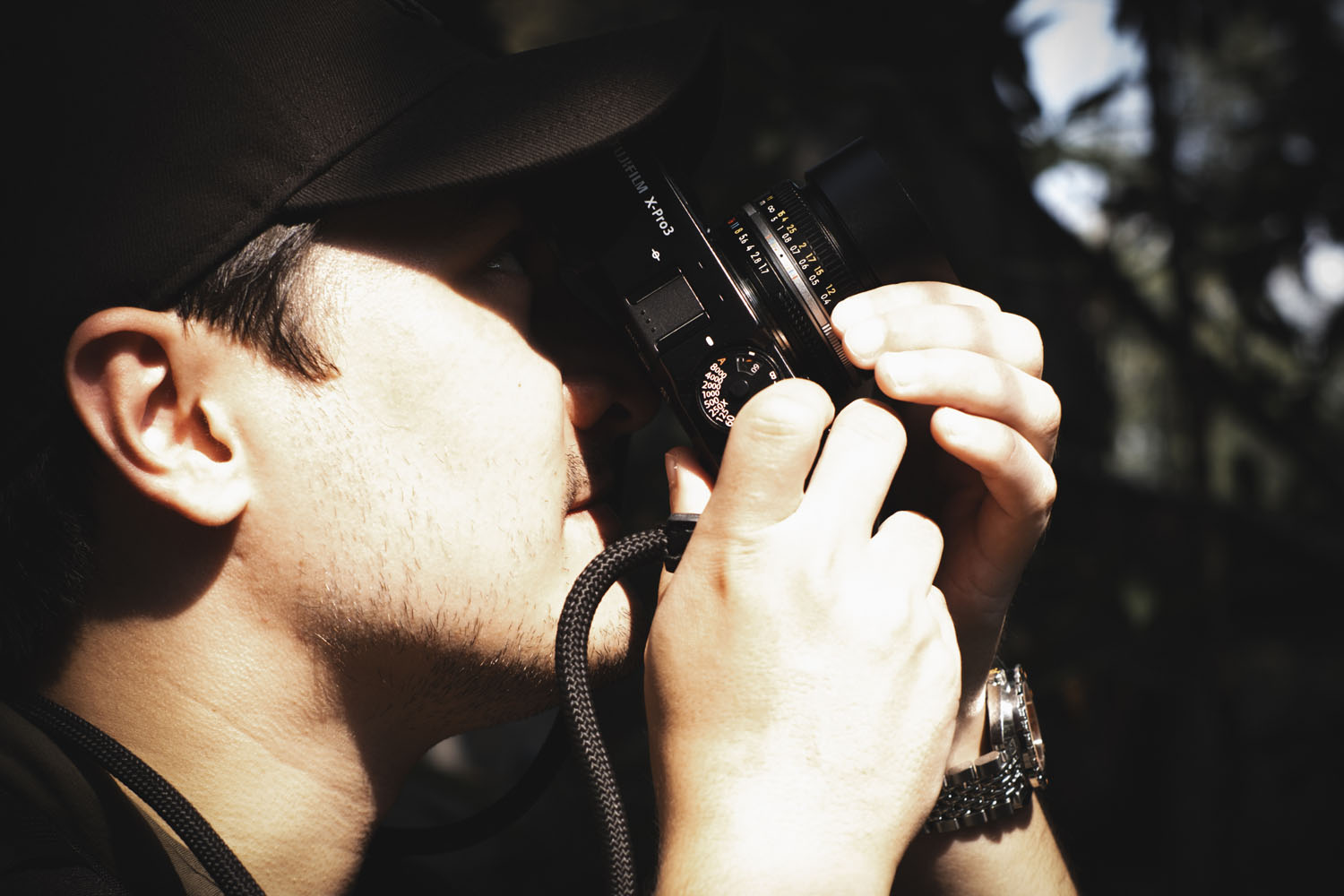
One of the main things I found when researching people’s opinions on these lenses (especially the vintage-styled manual focus ones) was that people are unaware of the benefits of a new lens over vintage. That’s an easy question to answer. You get consistency in performance, not needing to worry about condition and wear. My lens will almost certainly perform identically to yours should you opt to purchase (given a tiny margin of error), whereas, for instance, I have had dozens of Helios 44’s and not a single one felt or rendered the same as the next. Whilst this can be a fun roulette, and you can come across gems depending on the year of manufacture (and what sometimes seems how close to Friday evening or lunchtime the lens was made), house wins more times than not. The other glaringly obvious yet seems must be stated, you don’t need to adapt. No need to buy multiple adaptors or worry about close-to-infinity focus, internal reflections or the sheer size and weight of the adaptor that doubles the size of the most compact lenses. It is also worth noting that any lens made for mirrorless is going to be a unique optical design. There may be “inspirations” to older formulas, but due to flange back distances, there is no way for any manufacturer to “copy/paste” an old lens design on Fuji X without the need for the space an adaptor would take between the rear element and sensor.
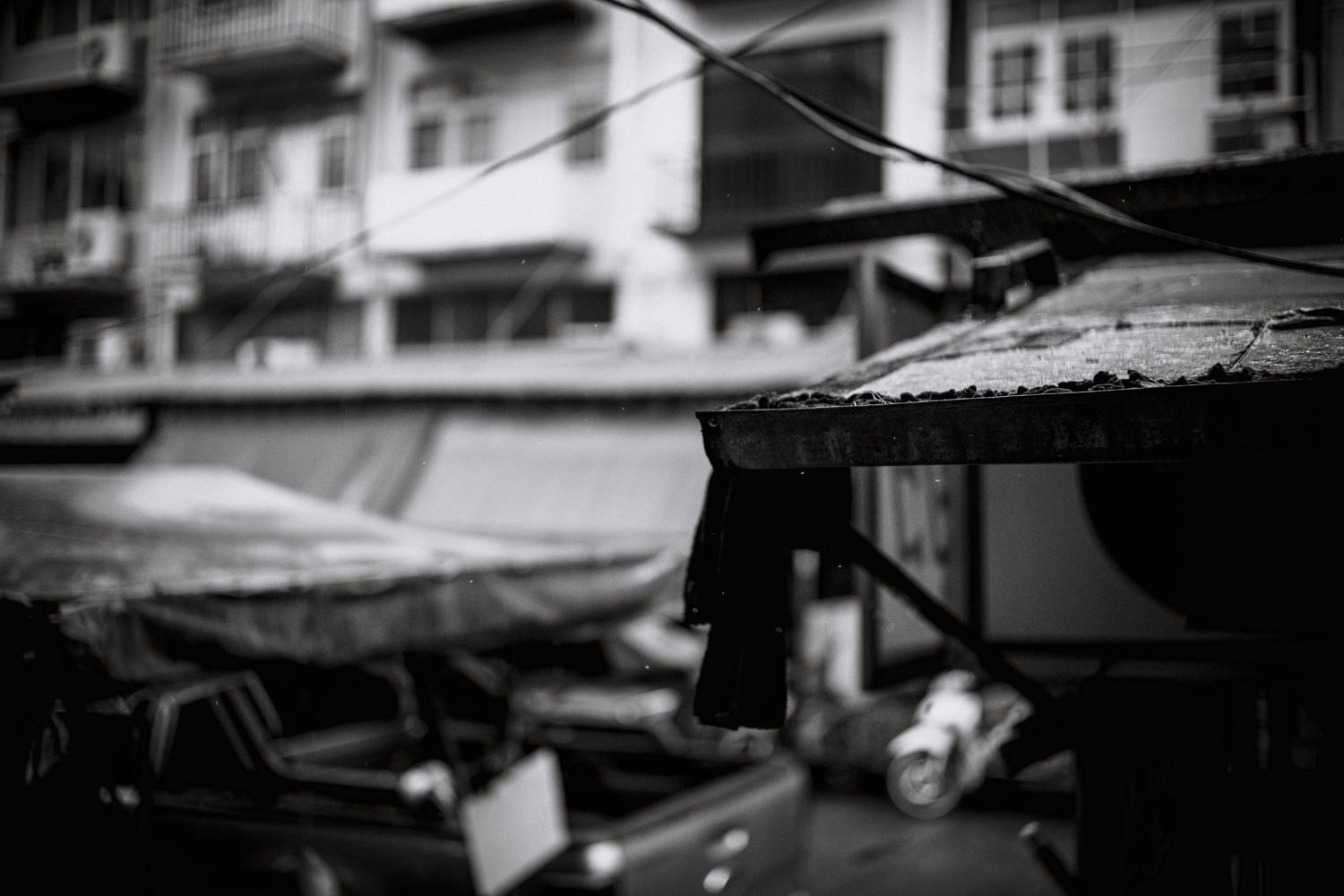
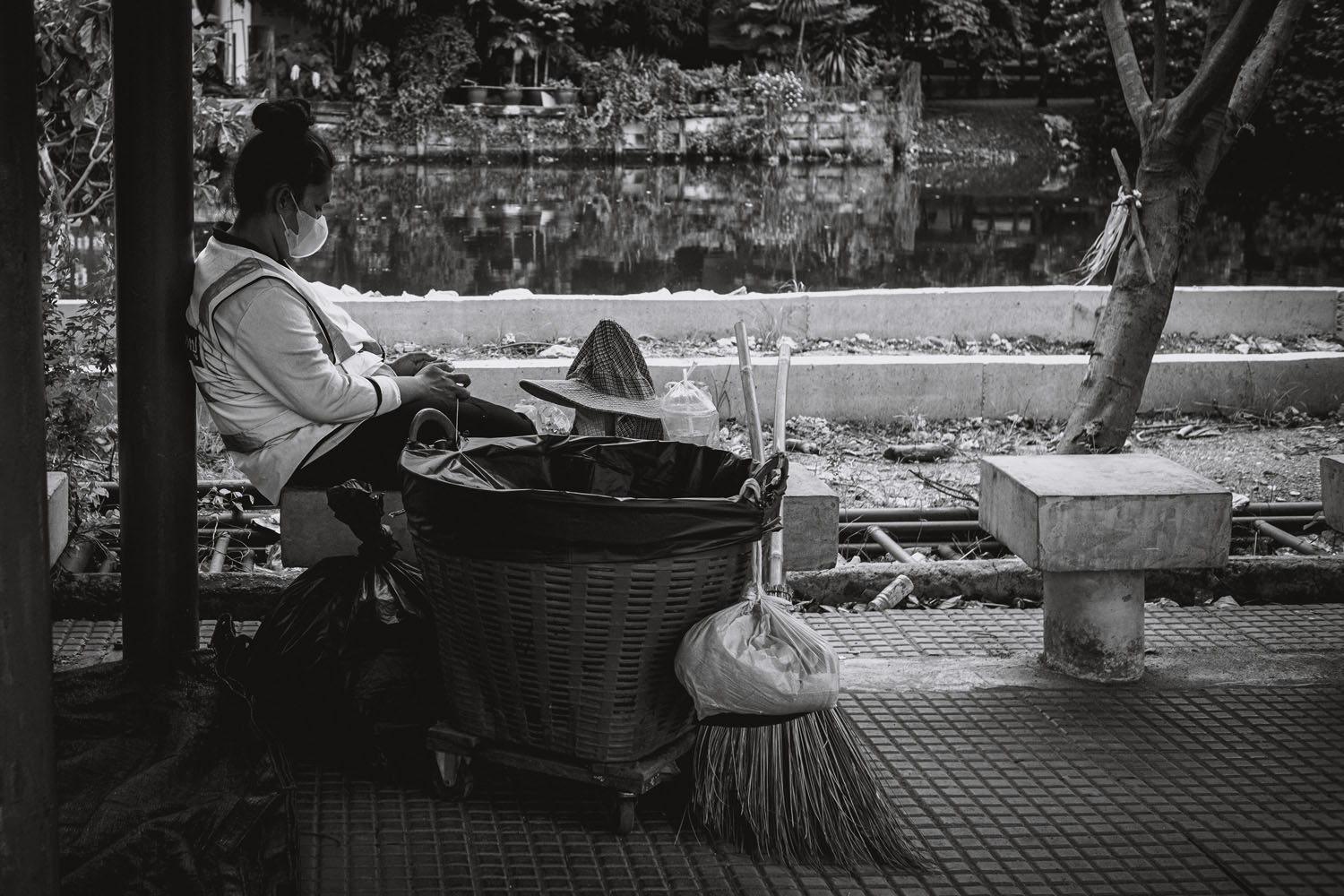
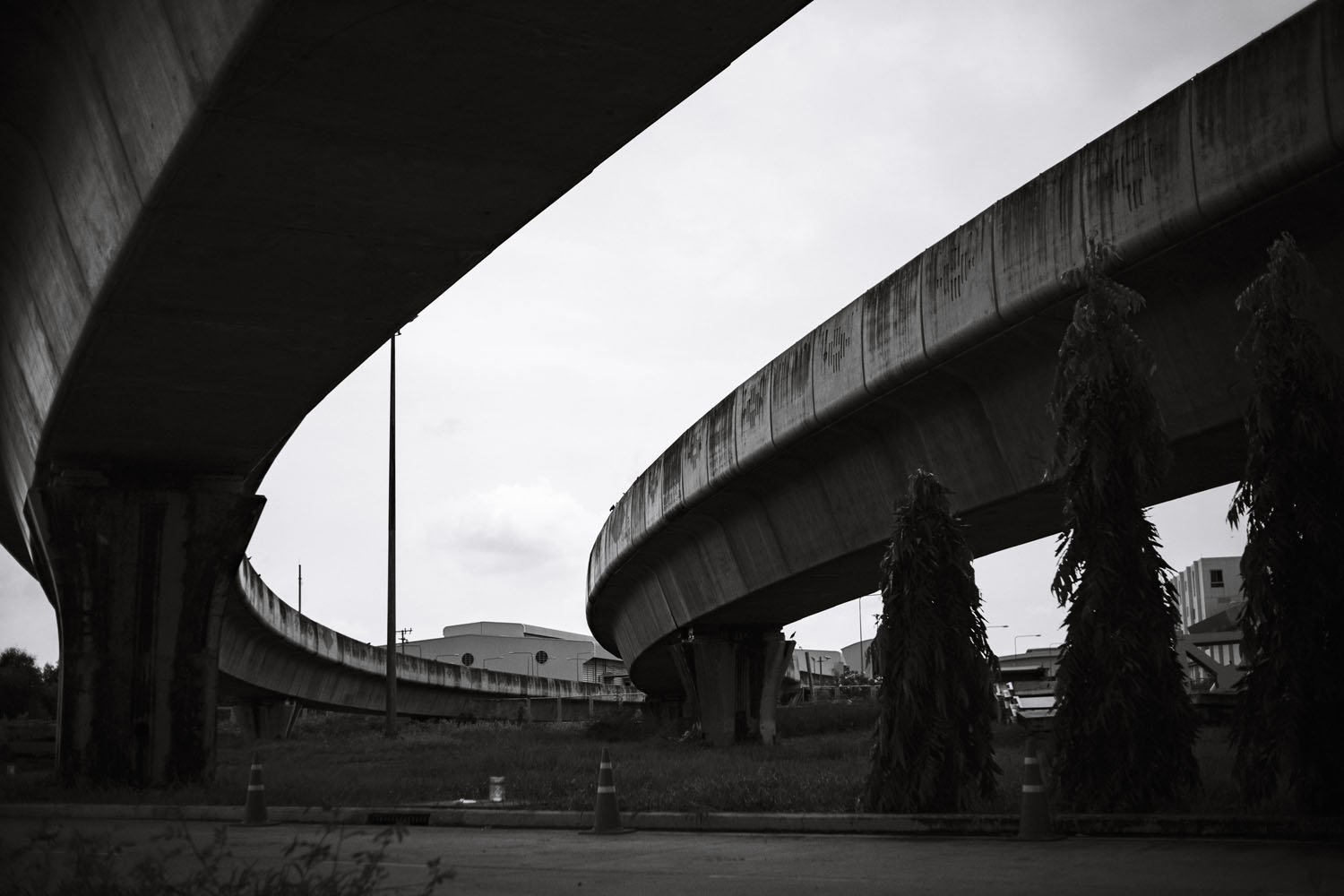
RIGHT: Fuji X-Pro3 . Artralab Nonikkor 24mmF1.7 . 1/32000″ . ISO 640
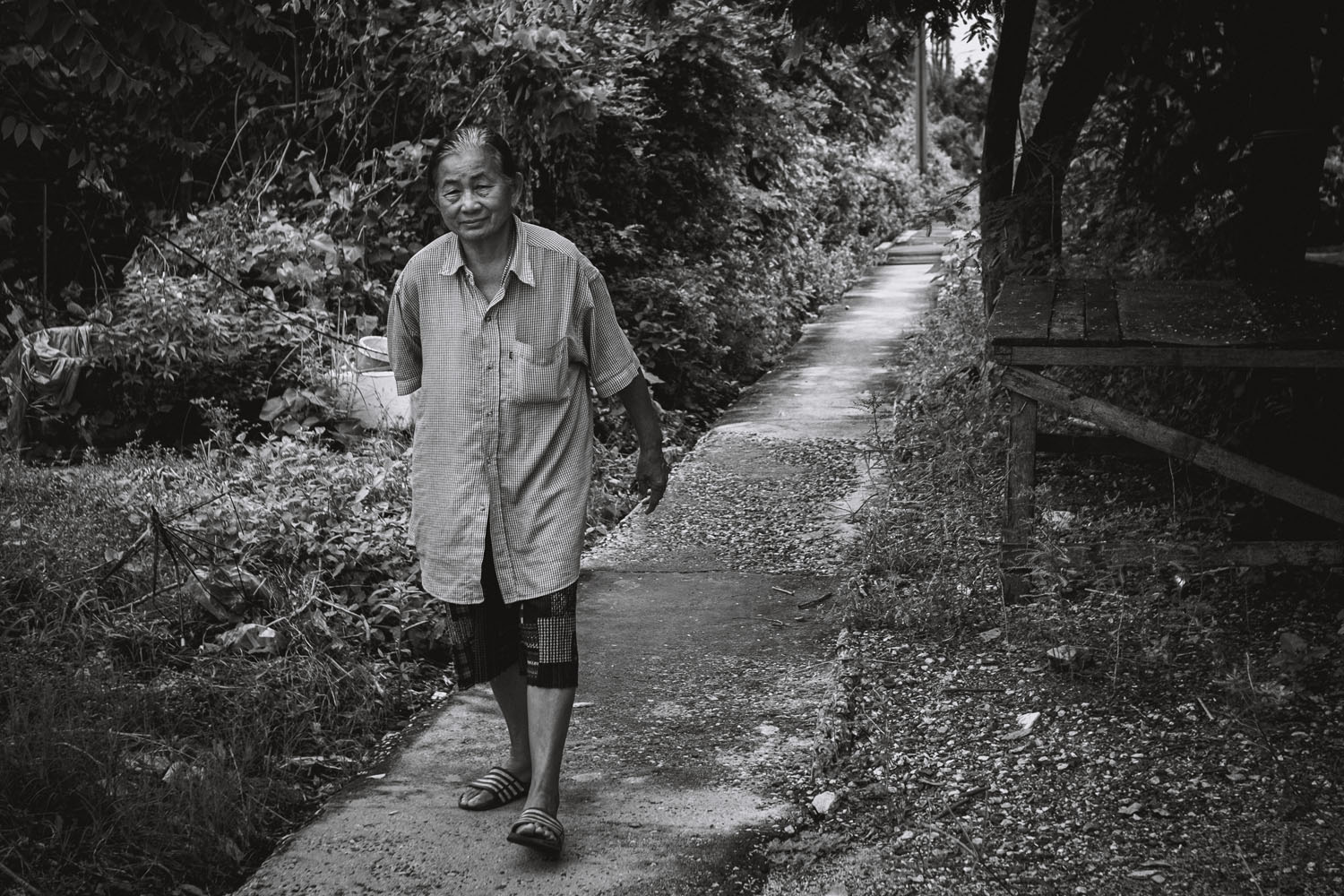
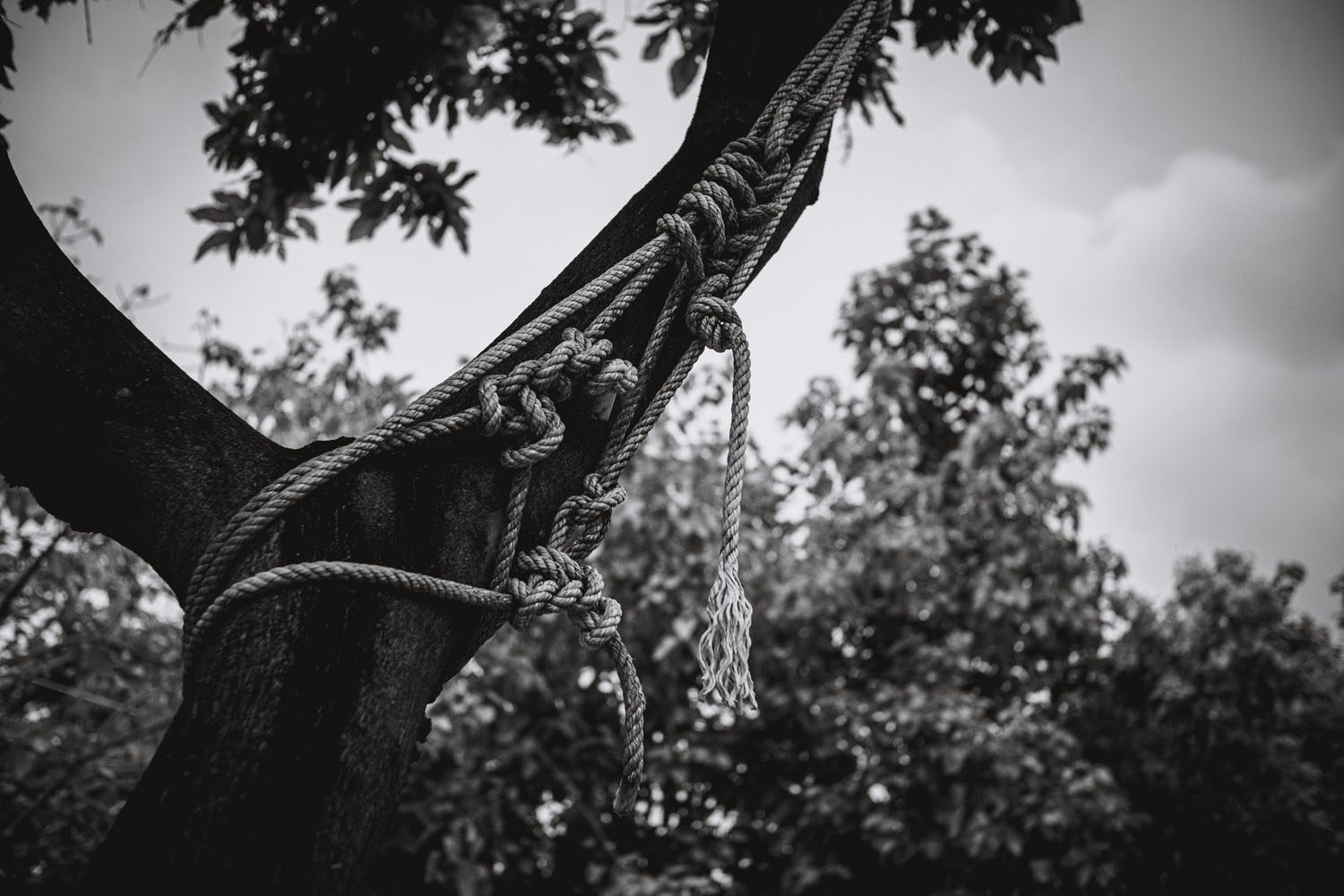
RIGHT: Fuji X-Pro3 . Artralab Nonikkor 24mmF1.7 . 1/2700″ . ISO 640
On Artralab and Nonikkor
Artralab is a young design company based out of Hong Kong, their lenses are manufactured to spec in China before being hand assembled with markings hand painted. They sport a full metal construction with a chrome-plated brass mount that locks firmly and securely. As with most manual focus lenses, the 24mm does not include weather sealing. The 24mm is part of their ‘Nonikkor” line, a self-aware name for their Nikkor inspired lenses. Whilst they do have lenses that take more direct inspiration from those 60’s & 70’s Nikkors, the 24mm is designed specifically for the APS-C sensor as a 35mm equivalent. This is important as it has allowed them to produce a lens that is significantly smaller than expected, given just how bright it is at F1.7. At half the size of the Fujinon 23mm F2 and closer in stature to the 18mm F2 or 27mm F2.8, this is one of the smallest lenses you can get native to X-Mount and marries very well with my X-Pro3. I opted to use a lens hood with this lens for the silly reason that it is very easy to accidentally touch the front element rather than any other benefits, though it is worth noting that this specific model does not come with one.
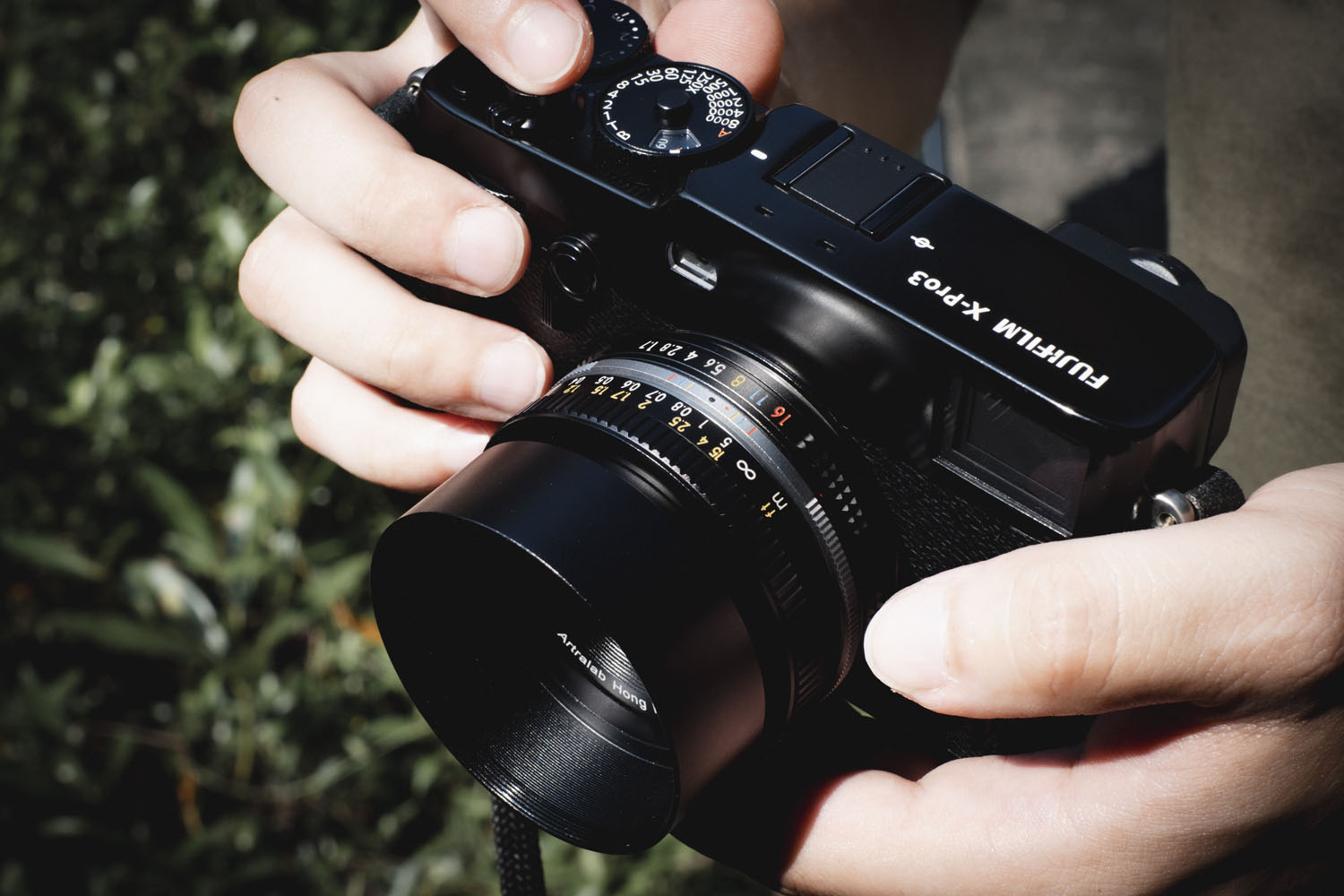
The current Nonikkor lineup consists of an 11mm F1.8 “Zero-Distortion” rectilinear super wide angle lens, this compact 24mm F1.7, the very vintage leaning 35mm F1.4 and the 50mm F1.2 “Nocty”, which is Artralab’s riff on the divisive 58mm Noct. I think Artralab have their hand on the pulse of what Vintage lens enthusiasts want but also offers naturally what a lot of newcomer Fuji shooters try to emulate in post or “out of camera” adjustments.
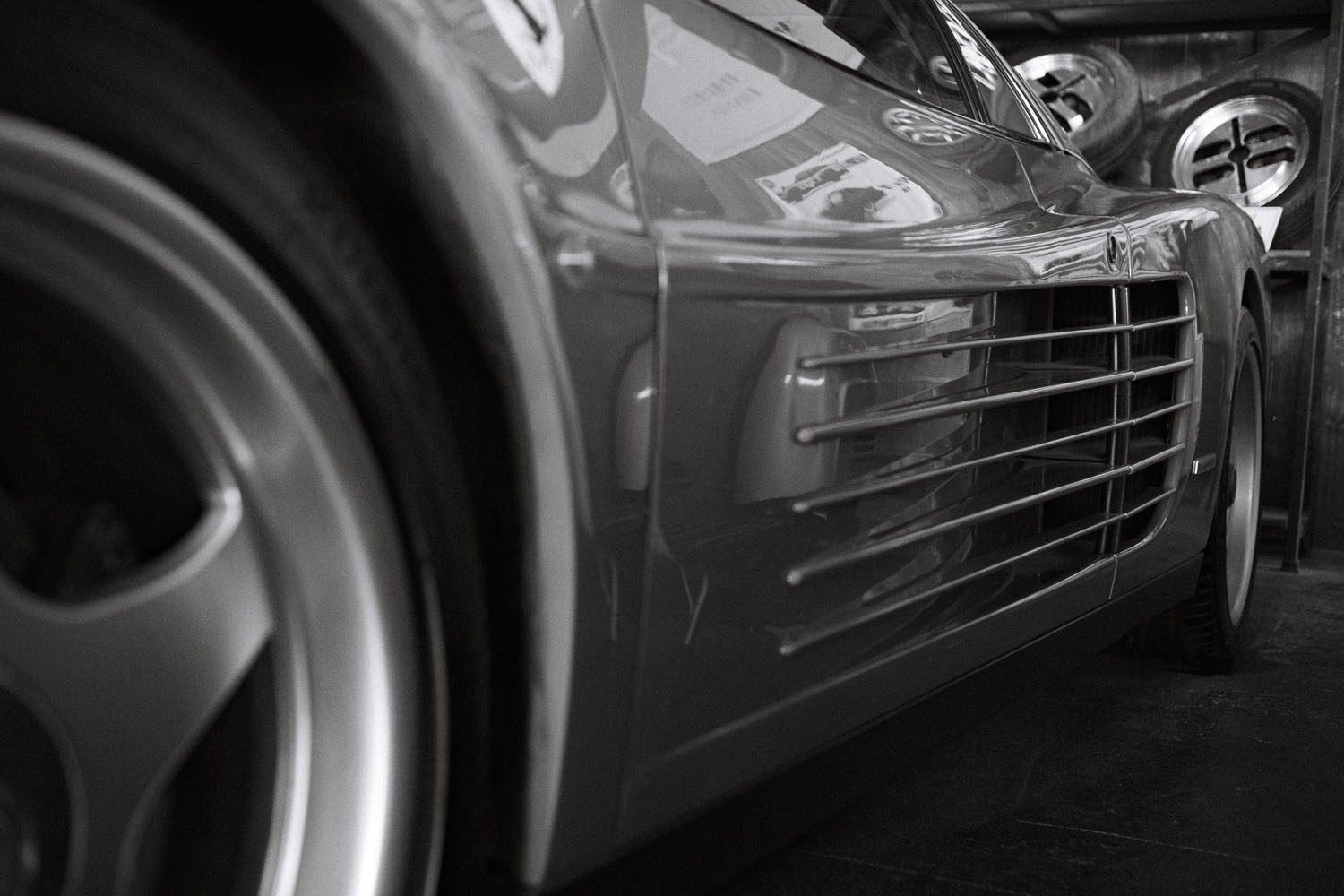
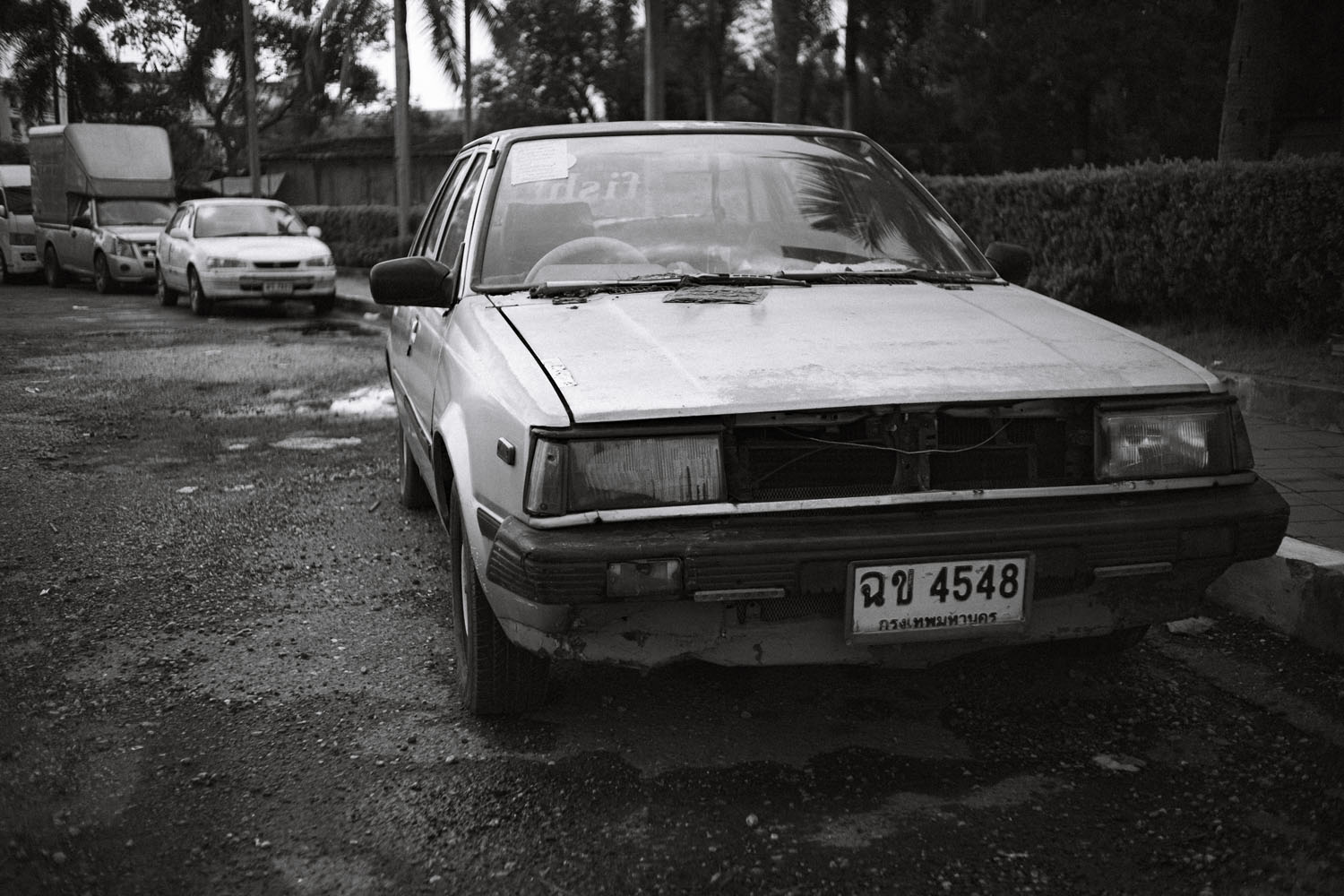
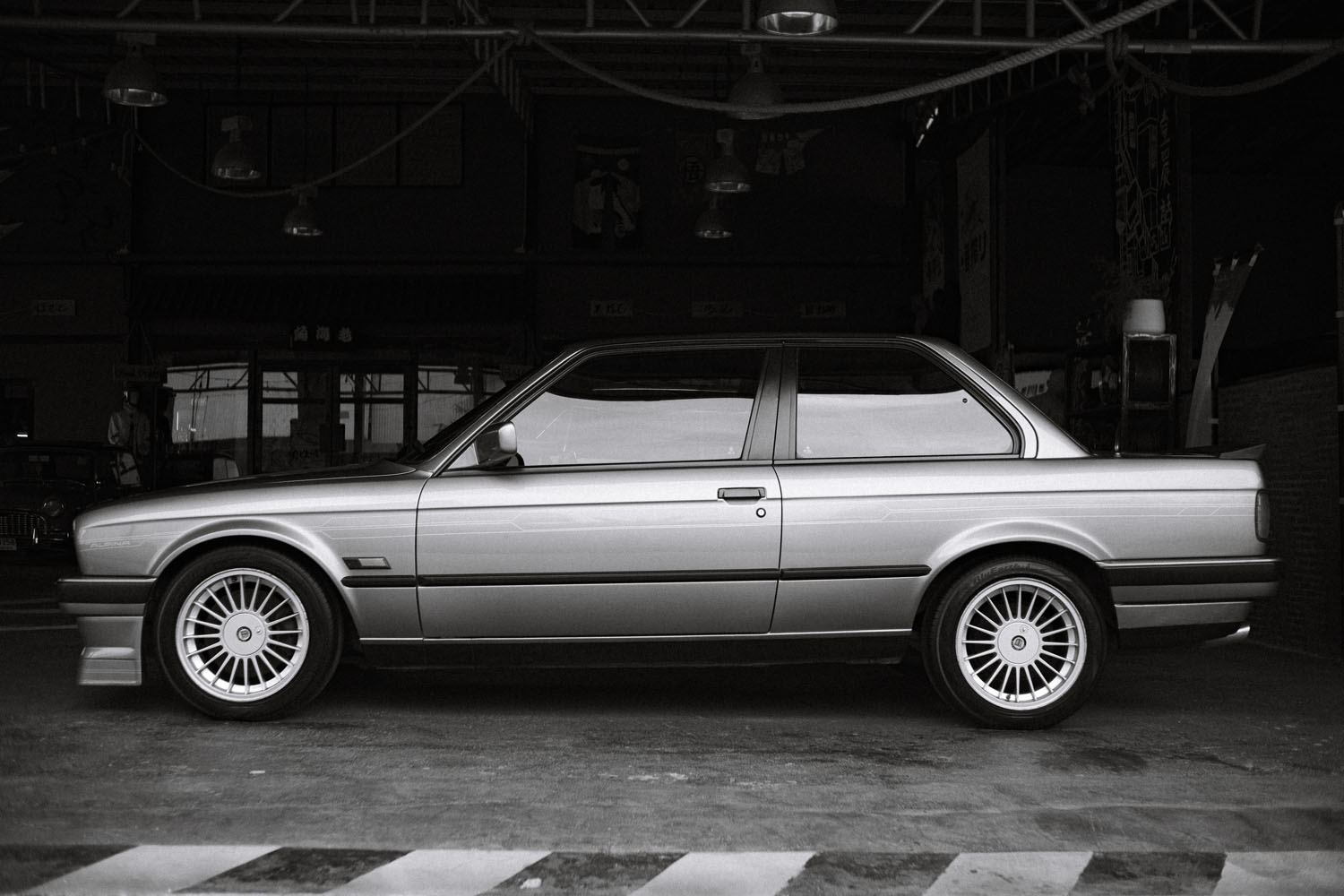
RIGHT: Fuji X-Pro3 . Artralab Nonikkor 24mmF1.7 . 1/1900″ . ISO 640
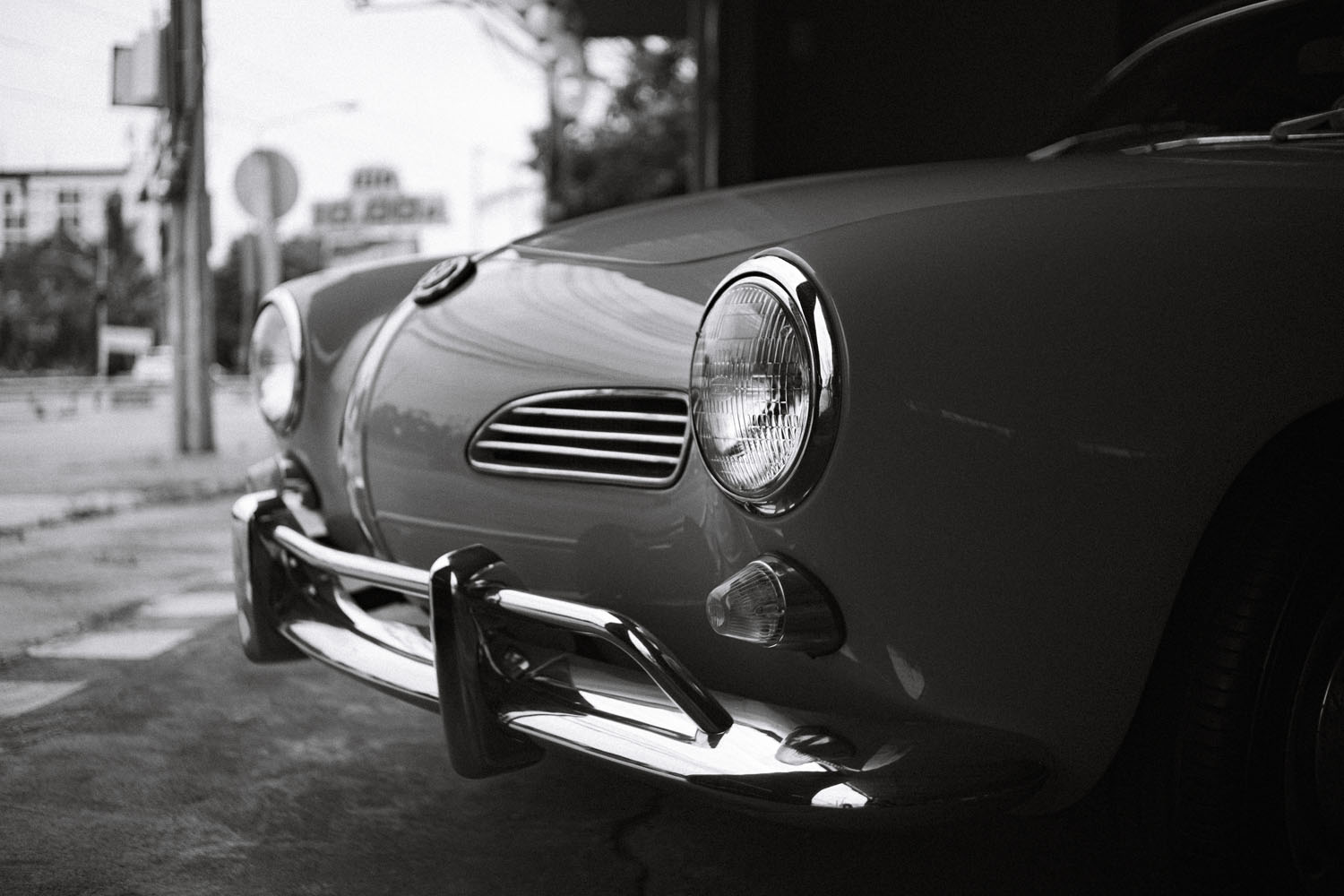
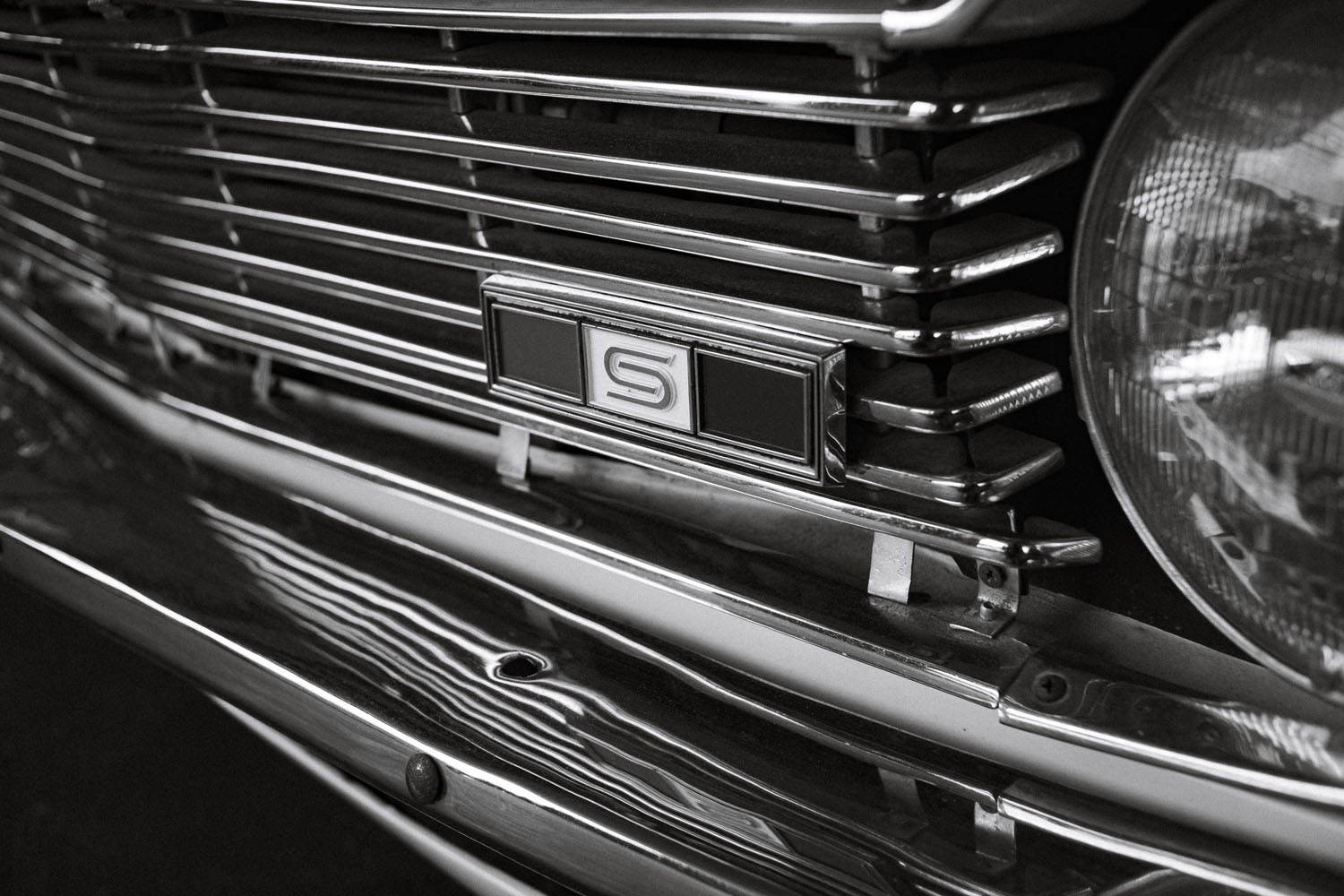
RIGHT: Fuji X-Pro3 . Artralab Nonikkor 24mmF1.7 . 1/750″ . ISO 640

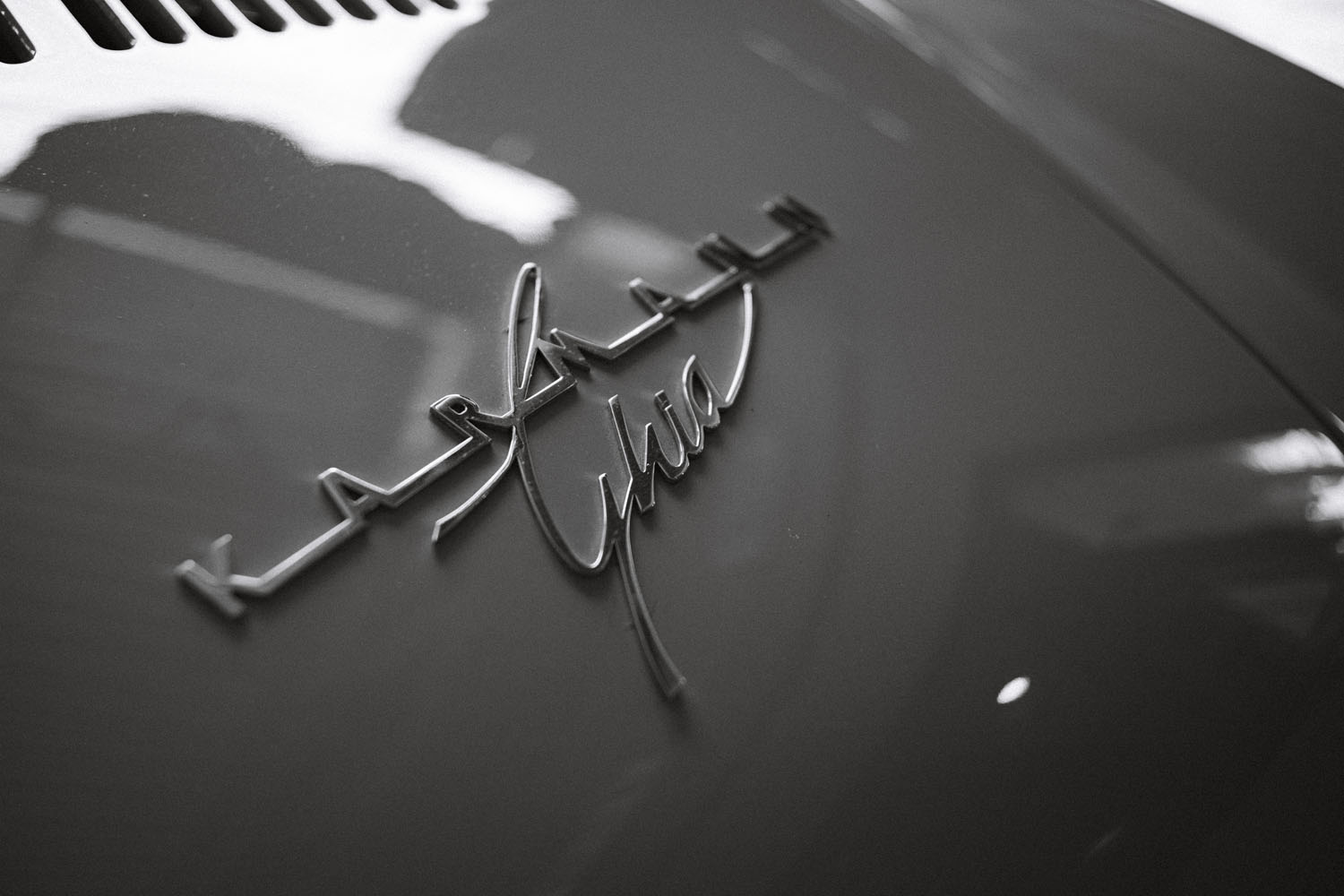
RIGHT: Fuji X-Pro3 . Artralab Nonikkor 24mmF1.7 . 1/800″ . ISO 640
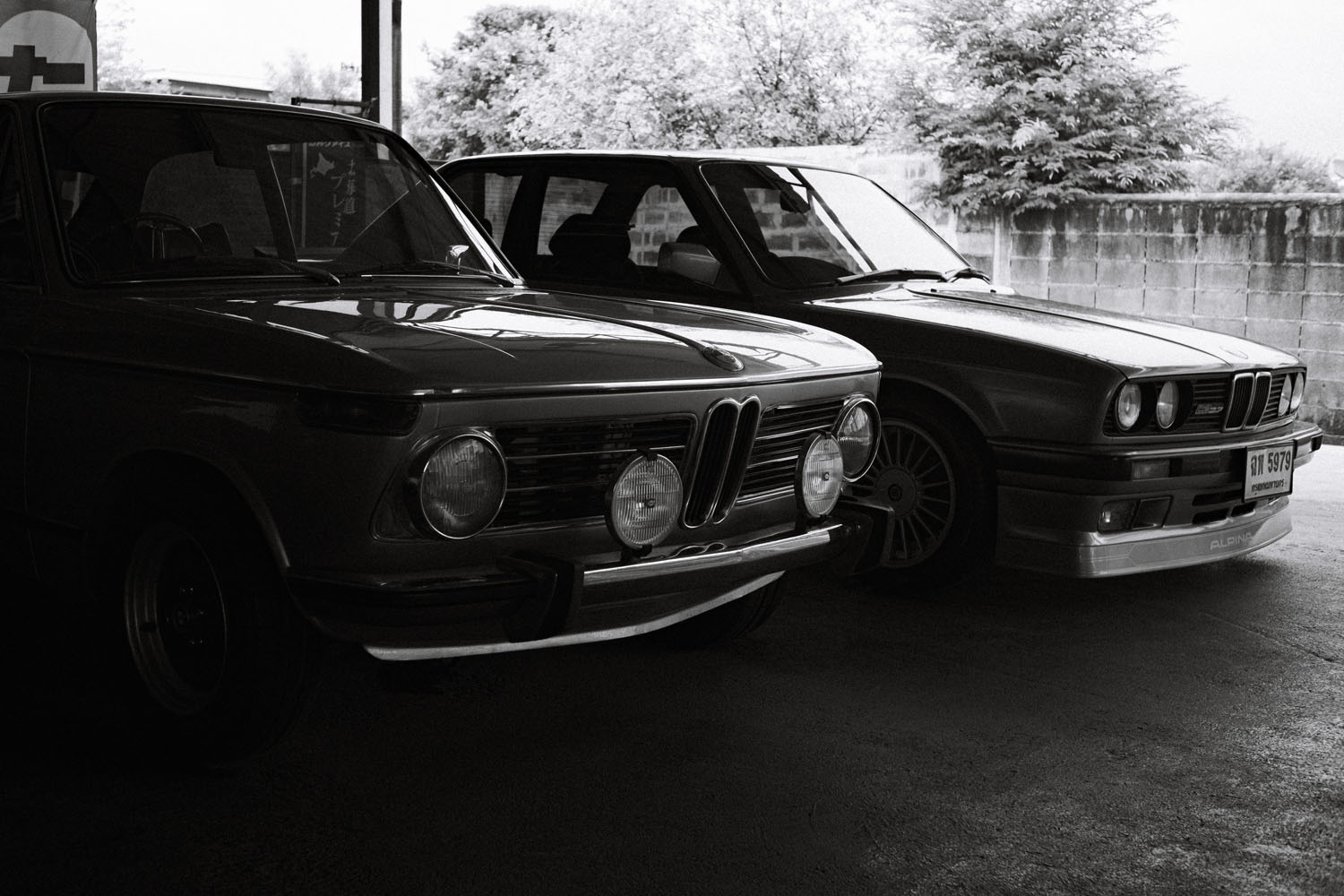
Manufacturers Specifications
- Focal Length – 24mm
- Maximum Aperture – F1.7
- Minimum Aperture – F16
- Optical Design – 7 Elements in 5 Groups
- Angle Of View – 57.4°
- Diaphragm Blades – 10 Bladed Aperture
- Minimum Focus Distance – 0.23m
Build & Styling
The lens is styled after a late 70’s Nikkor AI-S lens, and was originally intended for the Nikon Zfc. However, this is not the only time a 3rd party has imitated the classic Nikkor styling, with many modern Cosina made Voigtlander lenses opting for the same, on both Nikon F mount and Z mount. Even so, this lens looks right at home on the classically styled Fujifilm cameras such as the X-Pro and X-T. On its own merit, the lens is a significant step up for the bulk of Chinese manufactured lenses with fit and finish on par with those Japanese made Nikon’s it draws inspiration from. With black finish created through an oxidization process along with the hand-painted markings (as well as general quality of engraving) means no one is going to be mistaking this for a budget offering (that, unfortunately, has become a stigma with Asian goods in Western markets). The biggest positive is the size and weight of the lens. If you are looking to adapt something vintage, expect the adapter alone to be around the same size. Unfortunately, as with most fully manual lenses, this one does not come with any electronic contacts, so you need to input the details on “Adapter Settings” where you can name the lens and select focal length for the IBIS. To summarize, this lens functions well with no quirks to speak of and is a beautiful object to own.
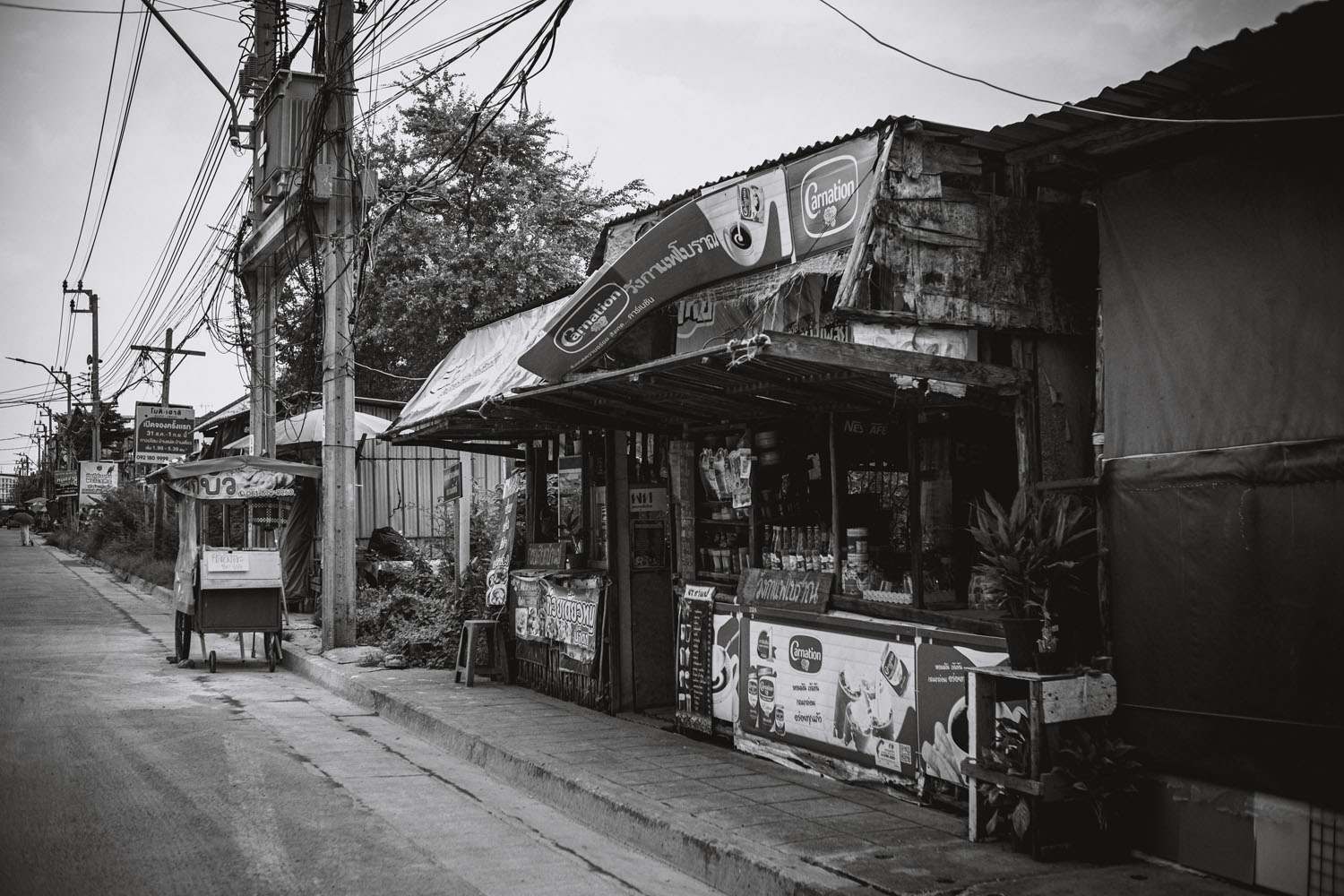
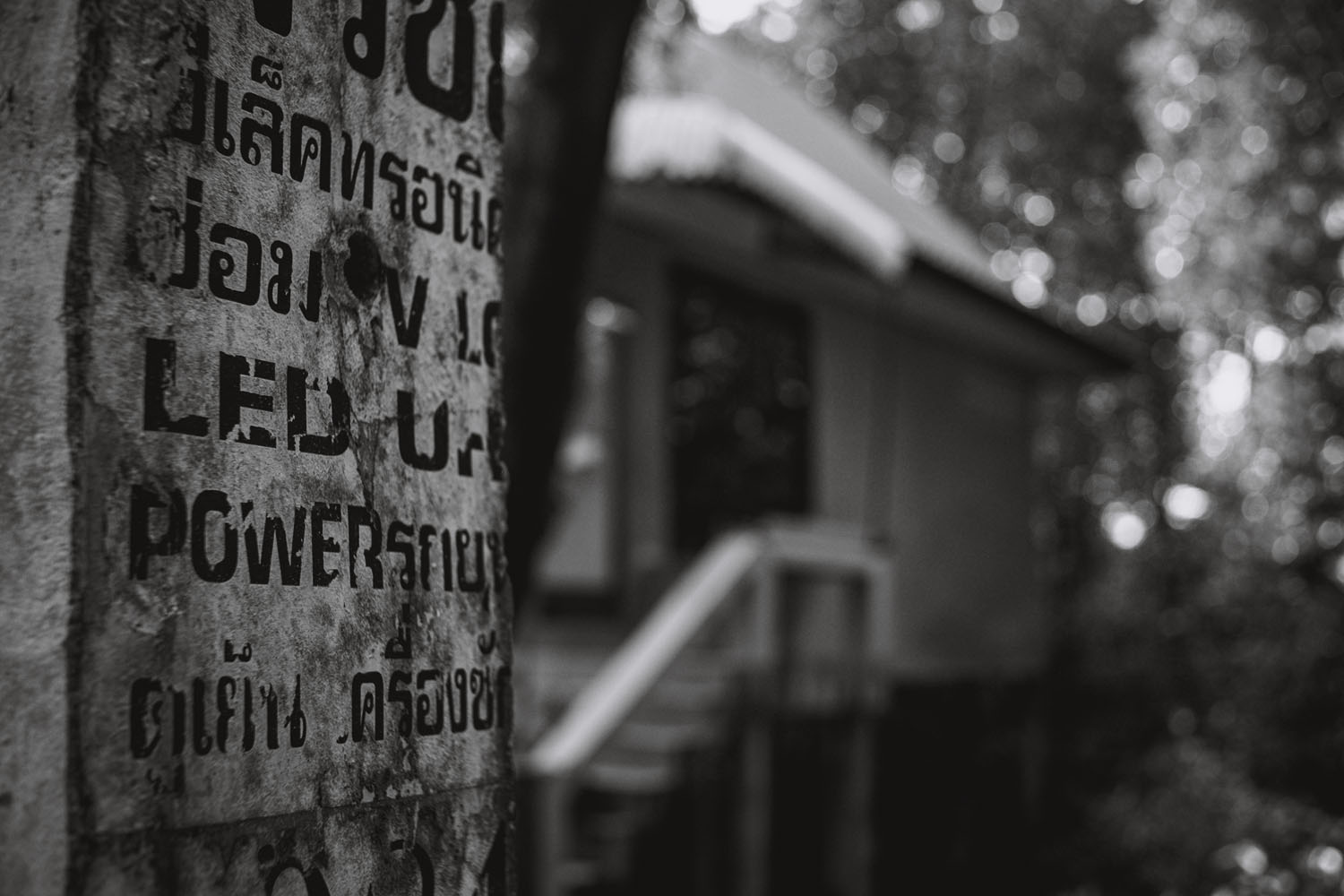
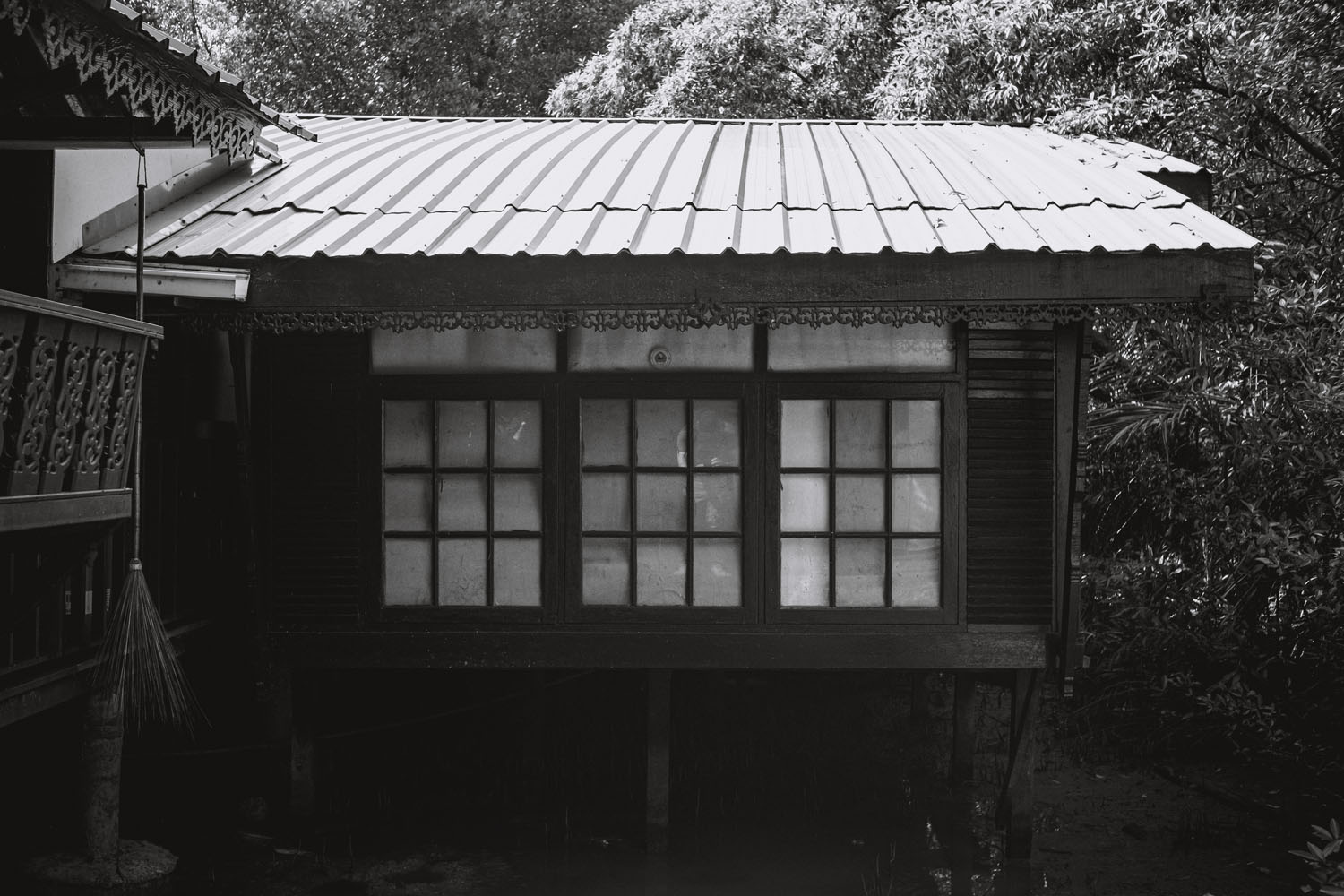
RIGHT: Fuji X-Pro3 . Artralab Nonikkor 24mmF1.7 . 1/480″ . ISO 640
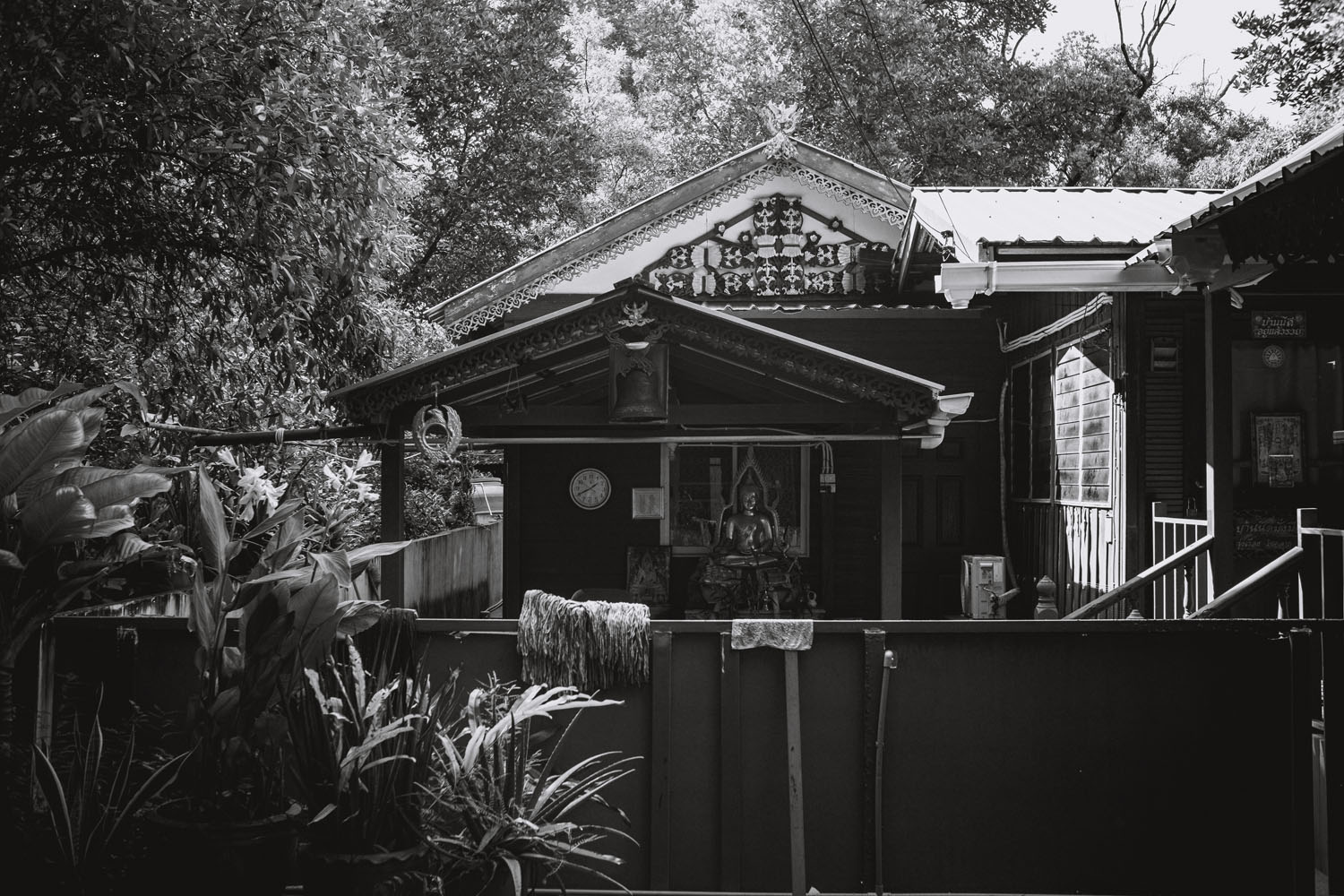
Optics
This lens is designed specifically for APS-C mirrorless and is a simple optical design containing only 7 elements in 5 groups as well as a multi-coating applied to the front element. To get the negatives out the way first, as expected, with a simple design such as this, you get ghosting and flaring shooting into direct sources but I found chromatic aberration is to a minimum. The lens exhibits a noticeable amount of distortion, but the field curvature is fairly uniform, making focusing very easy. I don’t make a habit of taking photos of charts or brick walls, and these are observations I have made from shooting this lens in real-world conditions. As you all know by now, I predominantly shoot B&W, but this lens gives off such an interesting texture and renders the colors in such a fantastic way that I enjoyed shooting multiple color images with it and can say that it takes a color grade well, with no overpowering tints.
Designed for modern APS-C Mirrorless, this lens provides as much sharpness and contrast as you would ever need and does not feel lacking, even in front of my X-T5’s 40MP sensor. However, the real benefit of this lens is the granularity in which it renders an image. Everything is done in a very gradual and natural manner giving the images an almost smooth creamy look whilst maintaining that separation in tonality and contrast. At 24mm, it struggles to produce the 3D effect as much as a longer focal length would, but that is par for the course. It must also be said that you would struggle to find a vintage alternative in the 24mm range with such a bright aperture, the Artralab’s F1.7 allowing for some shallow depth of field when used up close. All in all a much-needed option in Fujifilm’s “35mm equivalent” sector.
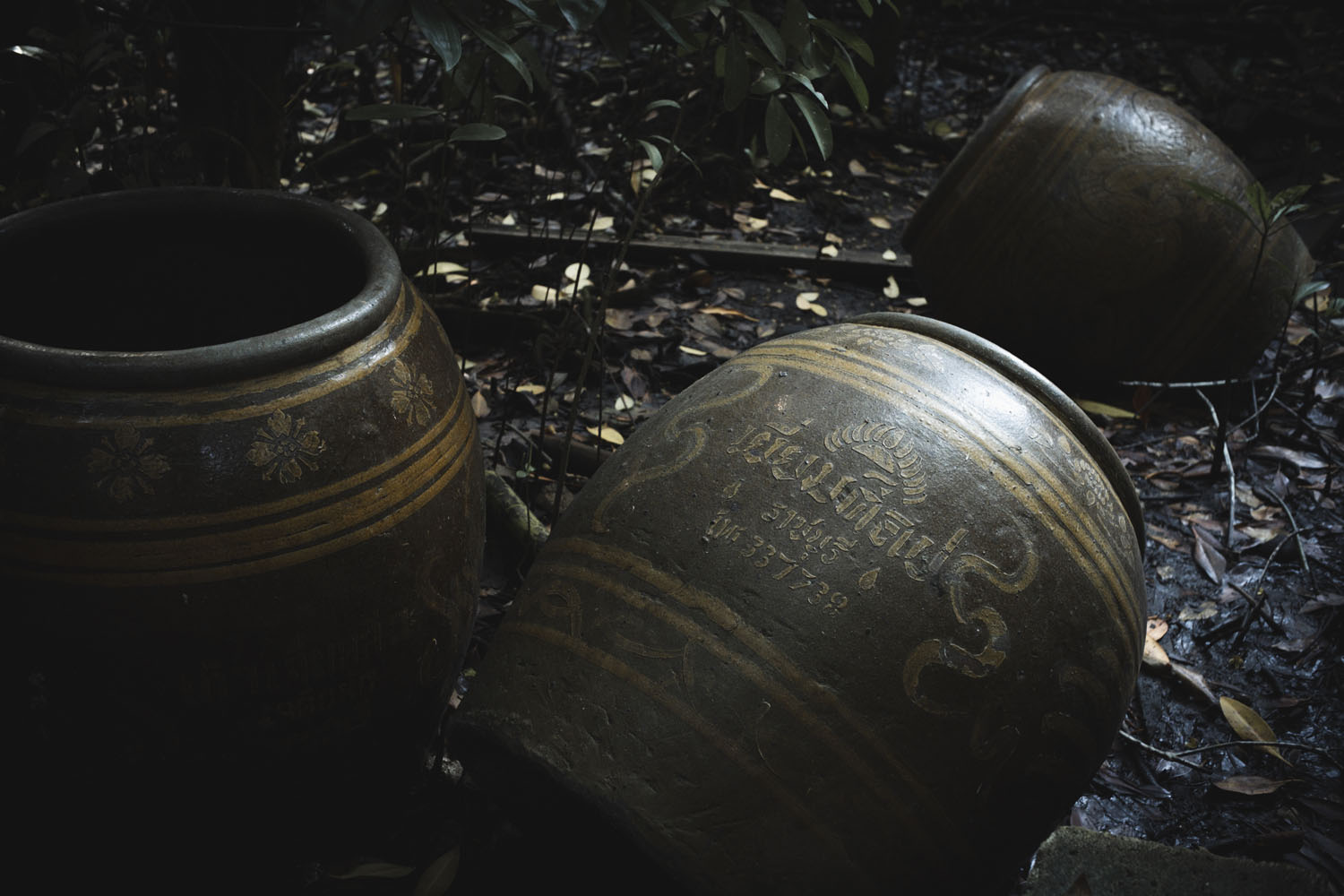
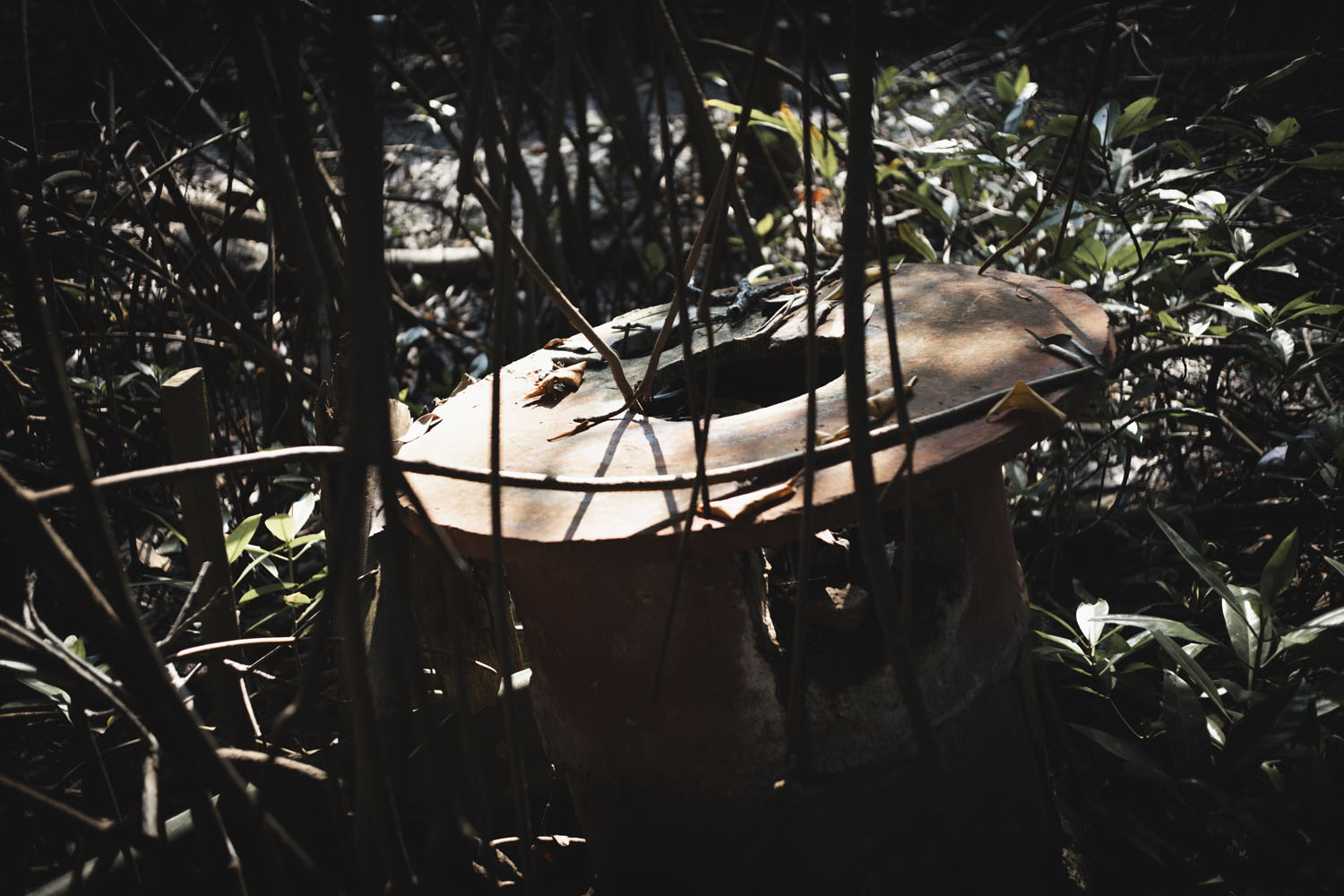
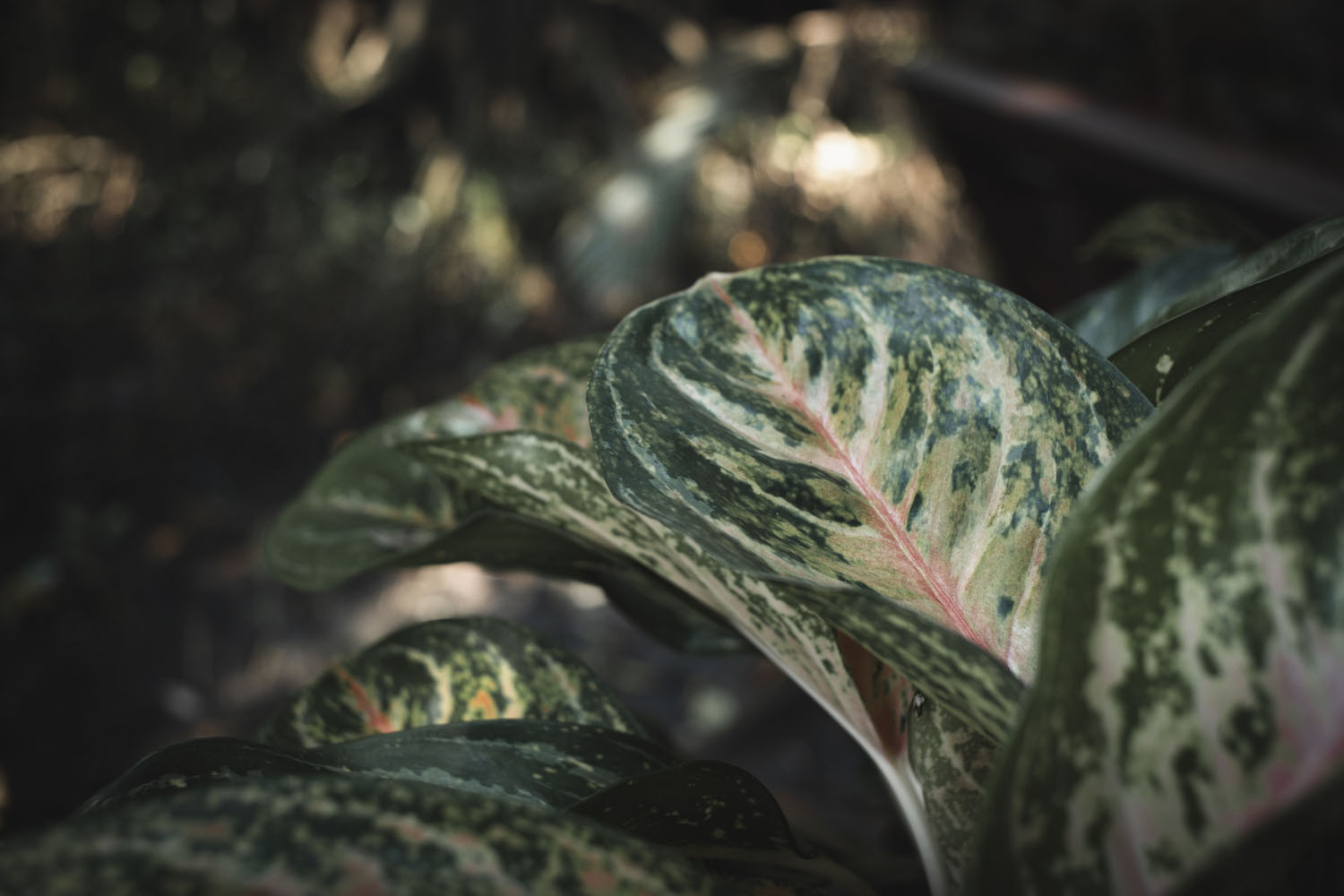
RIGHT: Fuji X-Pro3 . Artralab Nonikkor 24mmF1.7 . 1/250″ . ISO 1000
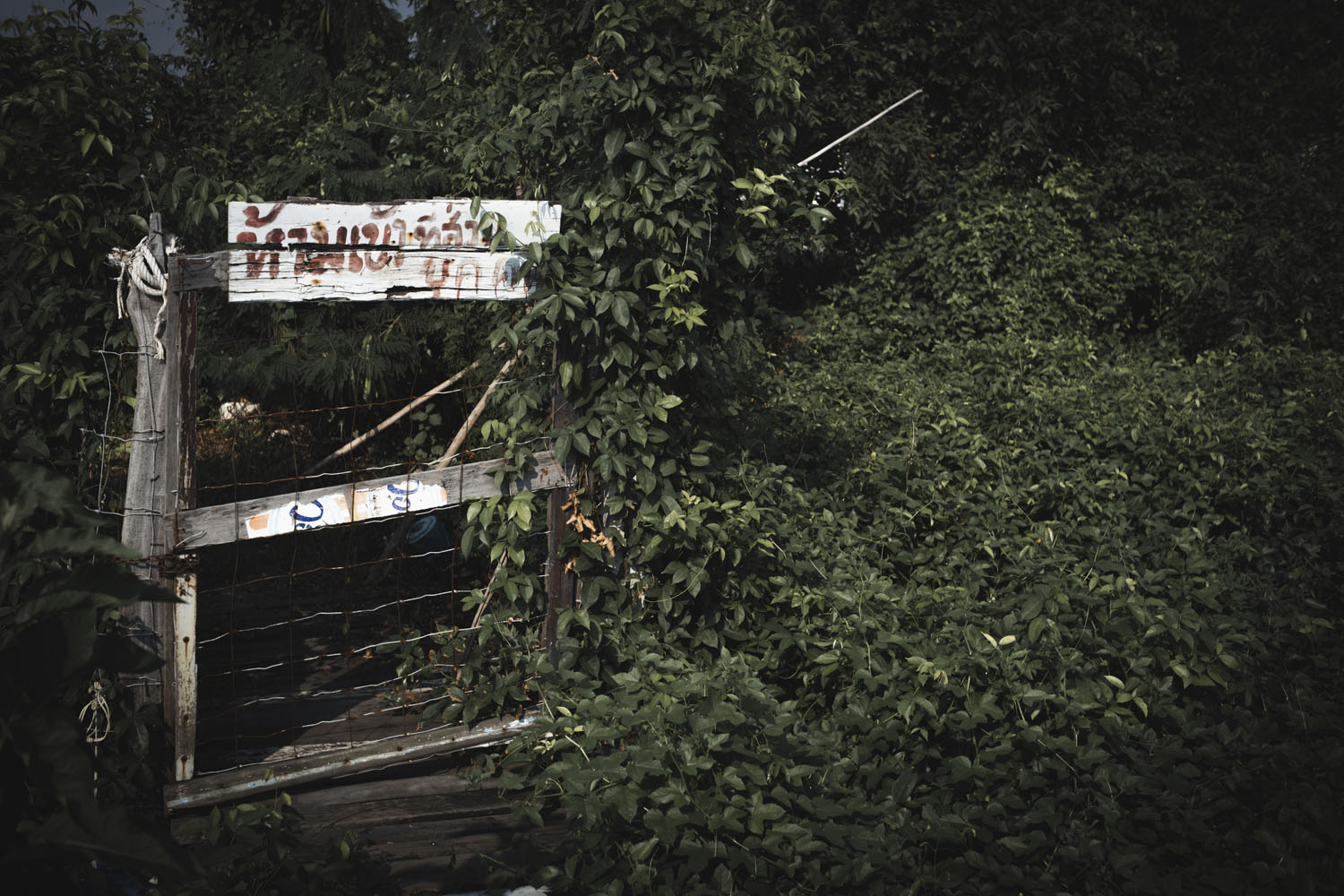
Usability
Usability is one of the high points of this lens, featuring an extremely short focus throw and very responsive focusing helicoid. The resistance is consistent with no binding points (something more budget-oriented lenses suffer from), a real indicator as to where that extra money is going to when purchasing this lens compared to its more budget contemporaries. This lens suits the fast-paced nature of my work perfectly and I could see this becoming a street photographer’s darling due to this feature, along with its compact size.
Wide open, the focus peaking becomes a little more troublesome due to a lack of contrast, but it is still more than usable and at normal working distances even F1.7 at 24mm will give you enough depth of field that you can be out a little with the focusing and have it go unnoticed. At F2.8 on or at -0.7 EV, the contrast is enough for confident peaking. This is mitigated by the use of the punch in magnification, though with a lens like this opportunity to punch in beforehand will most likely be nonexistent. The flaring does become slightly problematic, for instance, if you want to shoot silhouettes or, like I personally found, walking down a road with the sun directly in front. I can imagine that street lamps may cause a problem but this is not a lens I would pick for night shooting due to the plethora of other options far more suited to low light conditions.
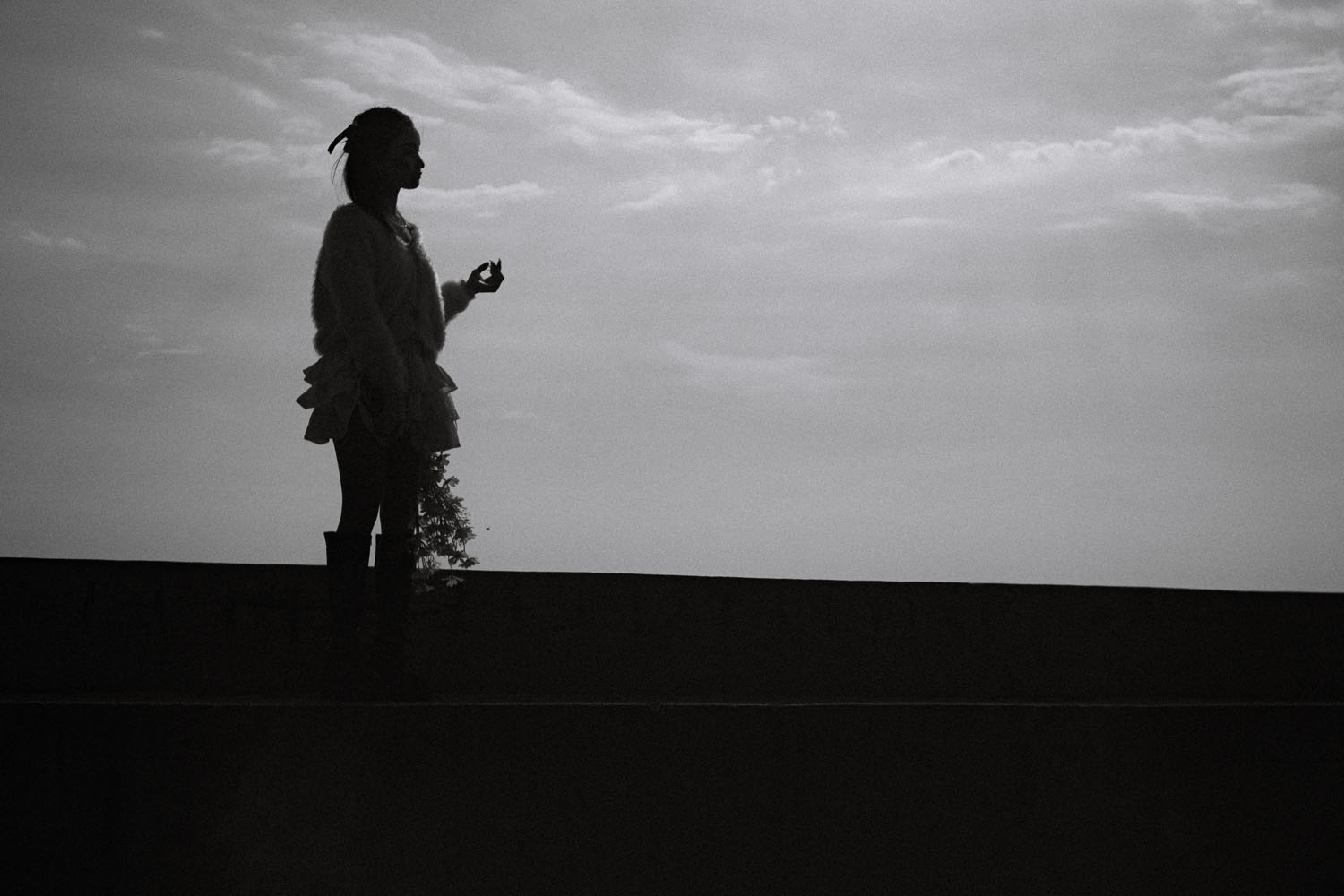
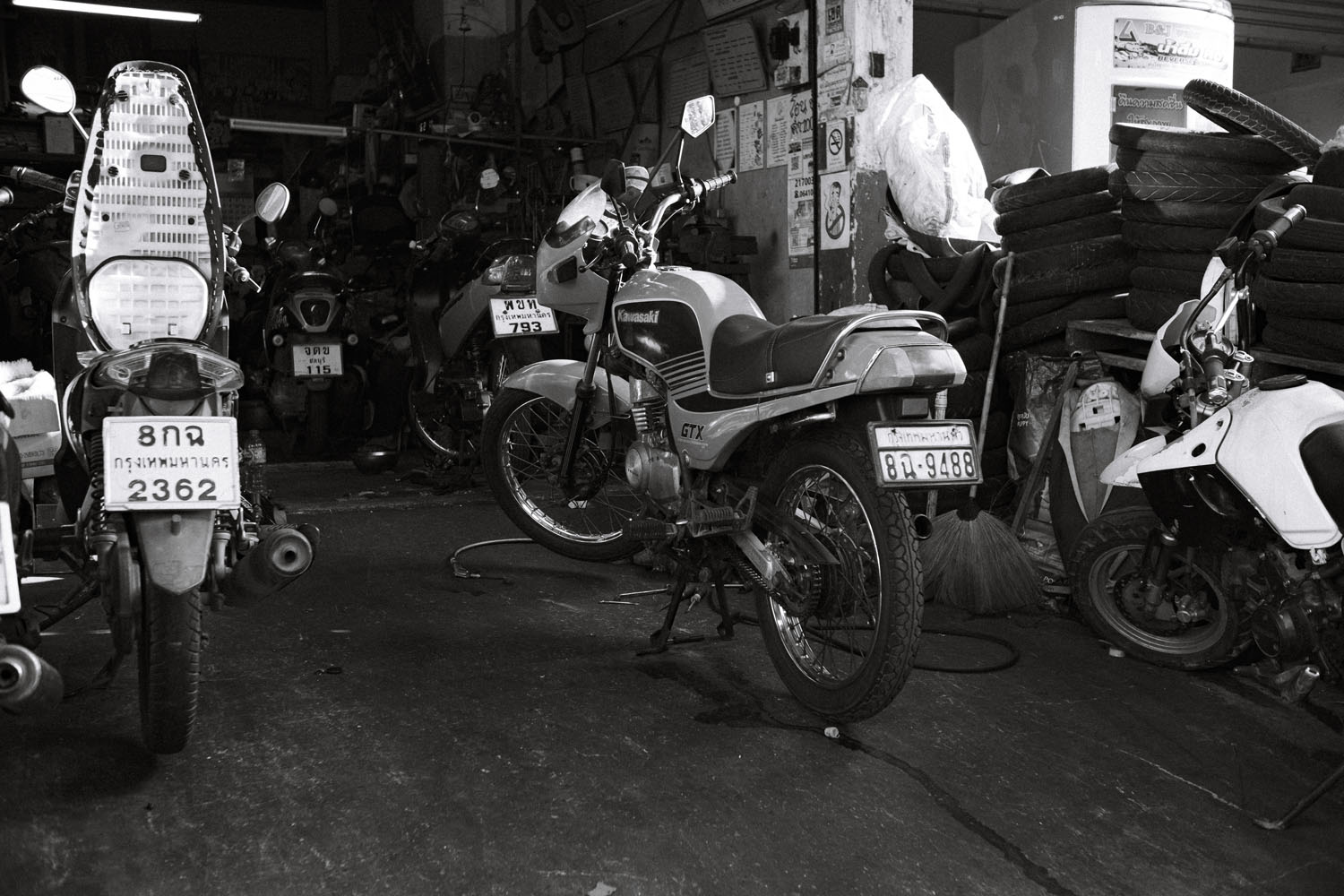
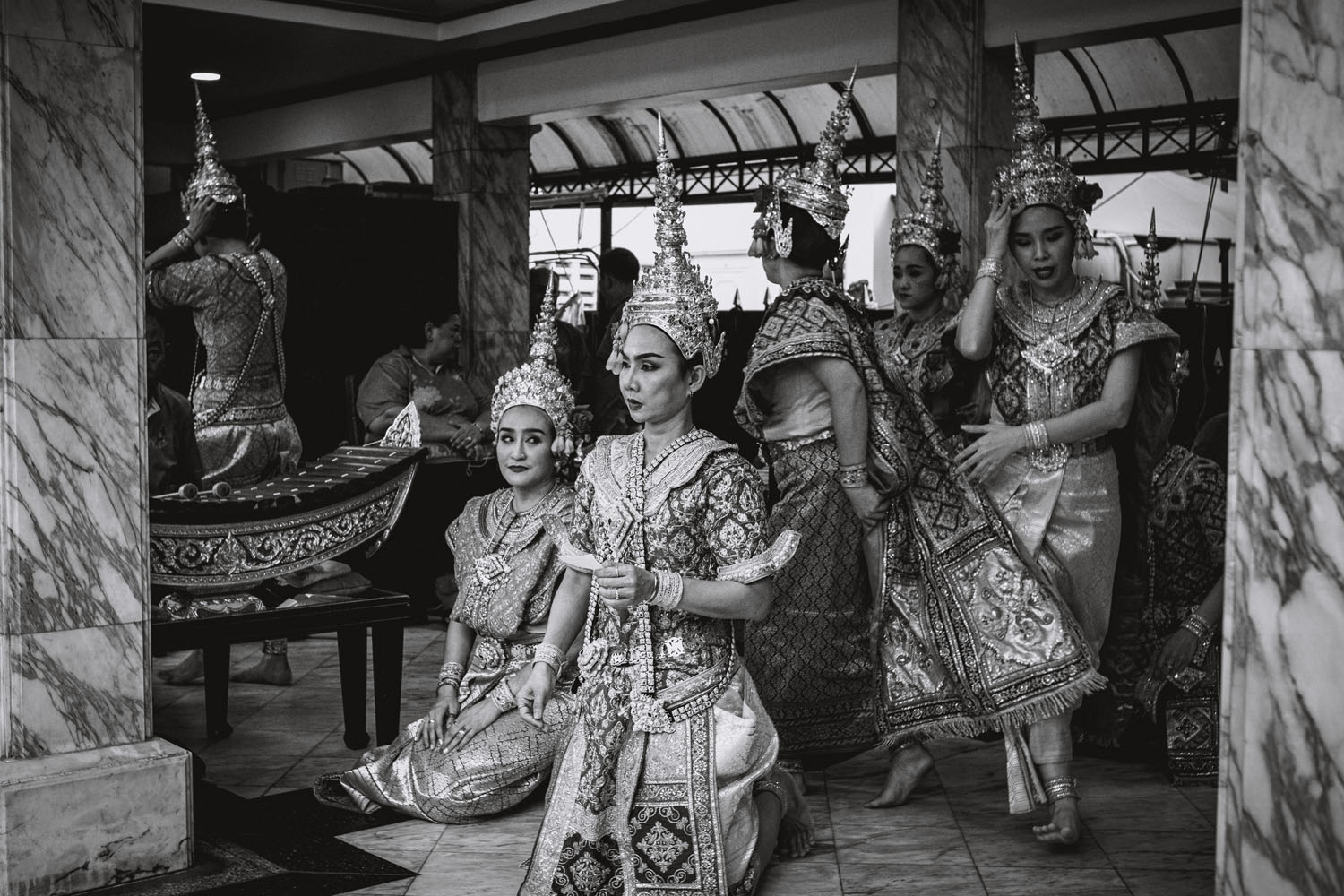
RIGHT: Fuji X-Pro3 . Artralab Nonikkor 24mmF1.7 . 1/250″ . ISO 1600
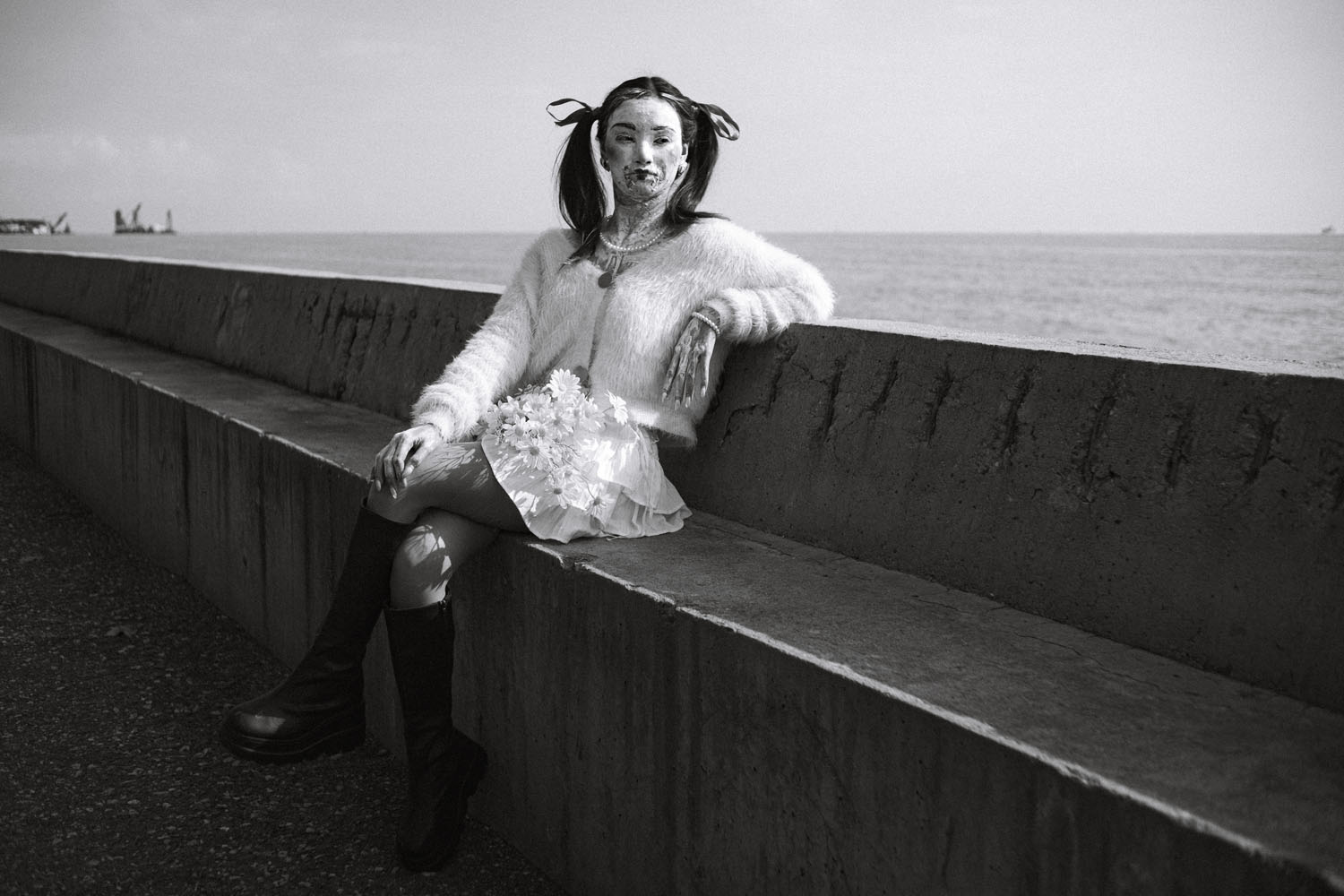
Final Thoughts
Overall, I enjoyed using this with the X-Pro3, most of all due to how well it fits the body, the short focus throw and that leeway that a wider lens gives you in shooting. I can see myself using this as a second lens for personal work due to its great textured rendering without it leaning too far into “vintage” territory. It’s a nice way of giving some “age” to the subjects you photograph, such as classic cars or old buildings. With Artralab releasing their take on the 50mm shortly, I think it would make quite a fearsome pair and look forward to seeing what a combination of both can produce. I like Artralab as a company, I feel as though for $300USD they offer a compelling 35mm equivalent by prioritizing elements that vintage lens users really appreciate whilst not taking themselves or their lenses too seriously. The vintage aesthetic should be available for everyone (not just rich hobbyists) and Artralab has given us another great option on how to get that look.
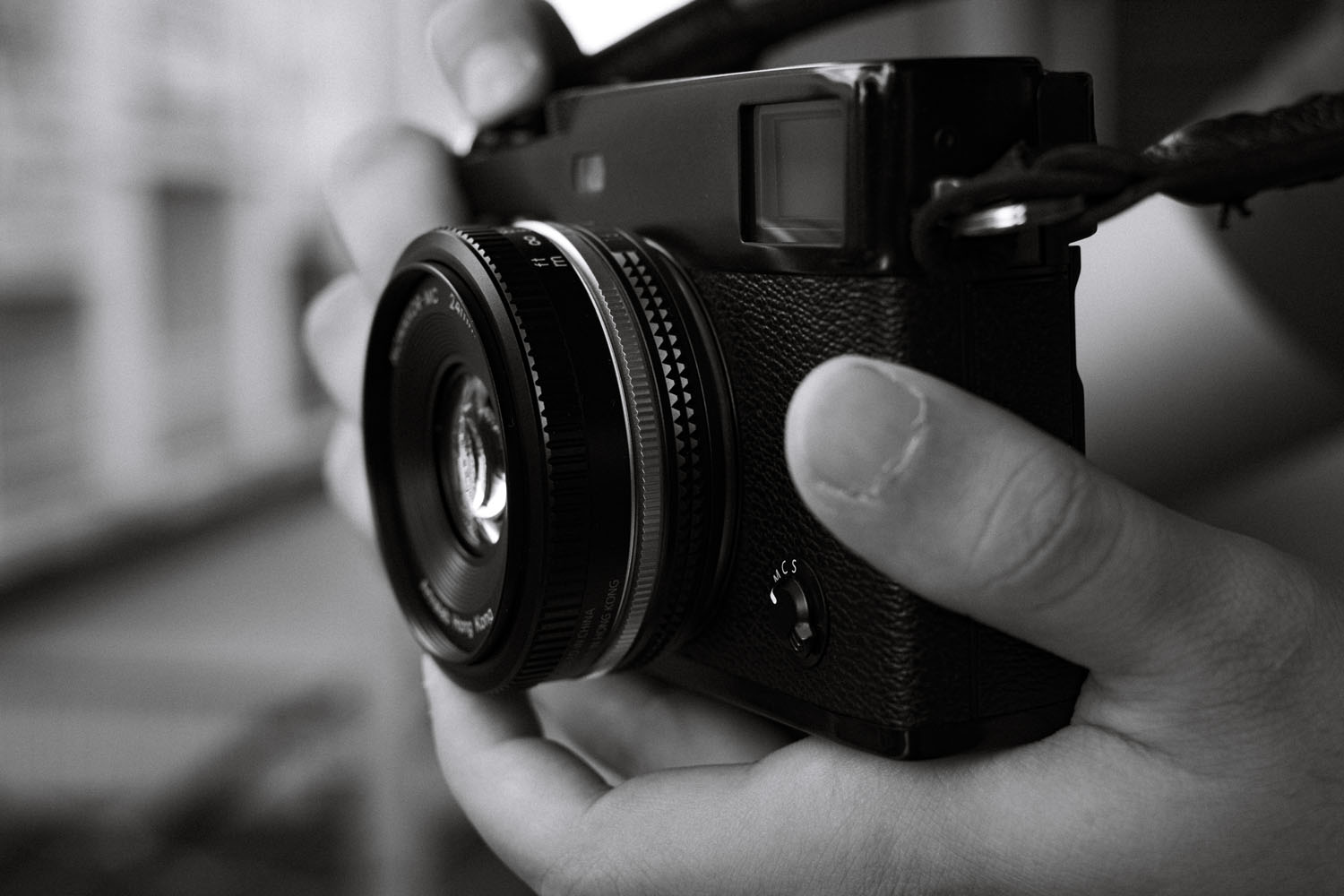
I would like to thank Artralab for providing me with this lens, however the opinions expressed are my own, and I am under no obligation to publish this review. If you would like to purchase this lens, then you can find it for sale on Artralab’s website – Artralab Nonikkor 24mm F1.7
If this review or any of my other articles have helped you in any way please consider buying me a coffee where the donations will go towards keeping my project “Soul of the Planet, Heart of the People” alive. I am documenting the rapid degradation of a 3,500 year tradition of subsistence farming culture in Isaan, Thailand, due to ecological, economical and climate changes.
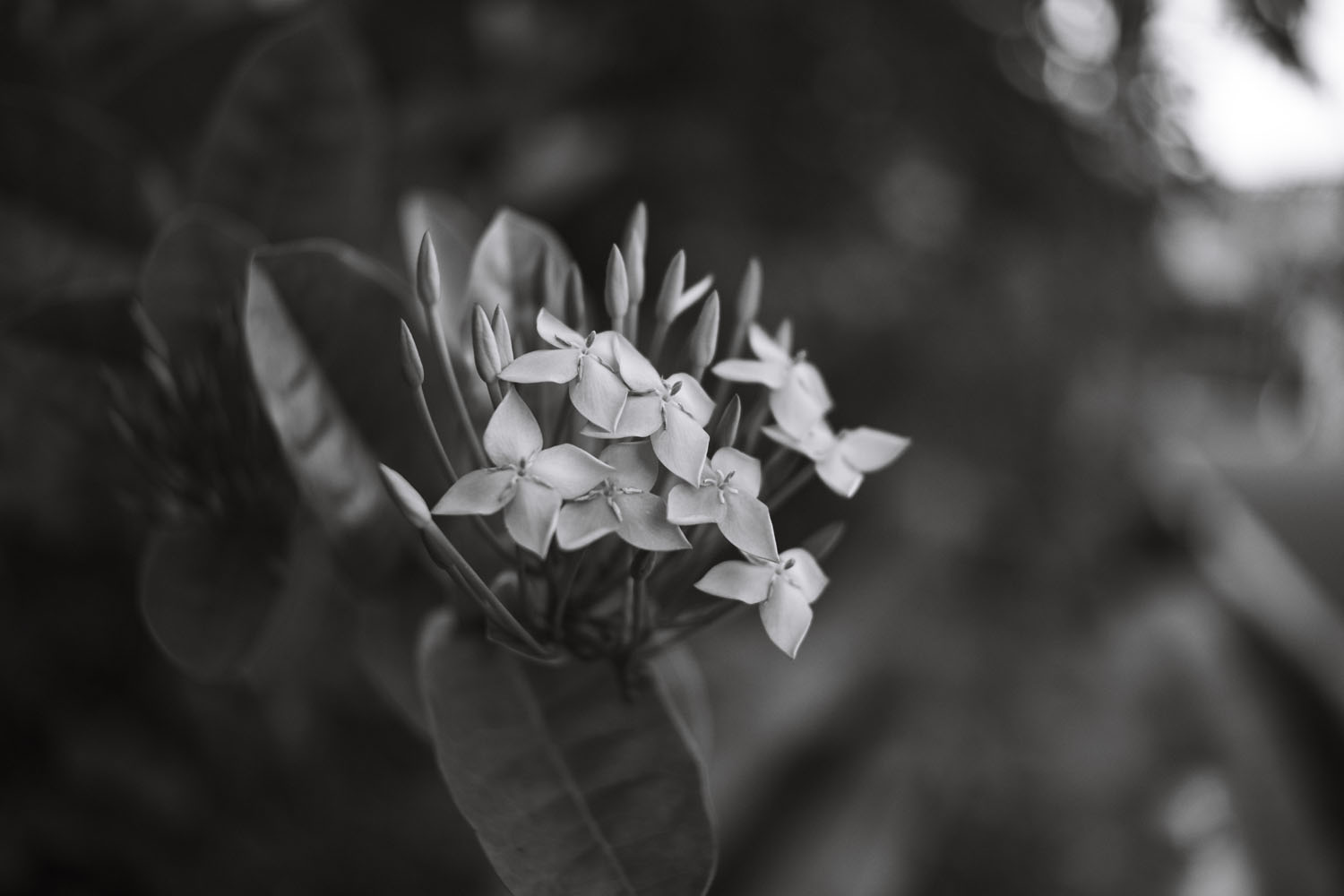
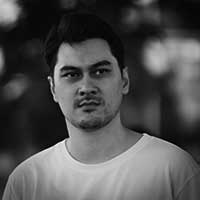
Dual British-Thai national, David Roberts learned his photographic chops from his time in Japan. His style is a proud mix of the Shinjuku scene mixed with influences of Life and Magnum photographers past. He prides himself on his ability to marry the artistic, technical and philosophical aspects of photography. Milestones include creating DRobertsPhoto.com and his first zine “Simple Nothings” in 2017 rapidly followed by his second zine “From Nippon With Love” the following year. Currently working on “Soul of the Planet. Heart of the People” documenting the modernisation of a Thai way of life that goes back to 1,500 BC.

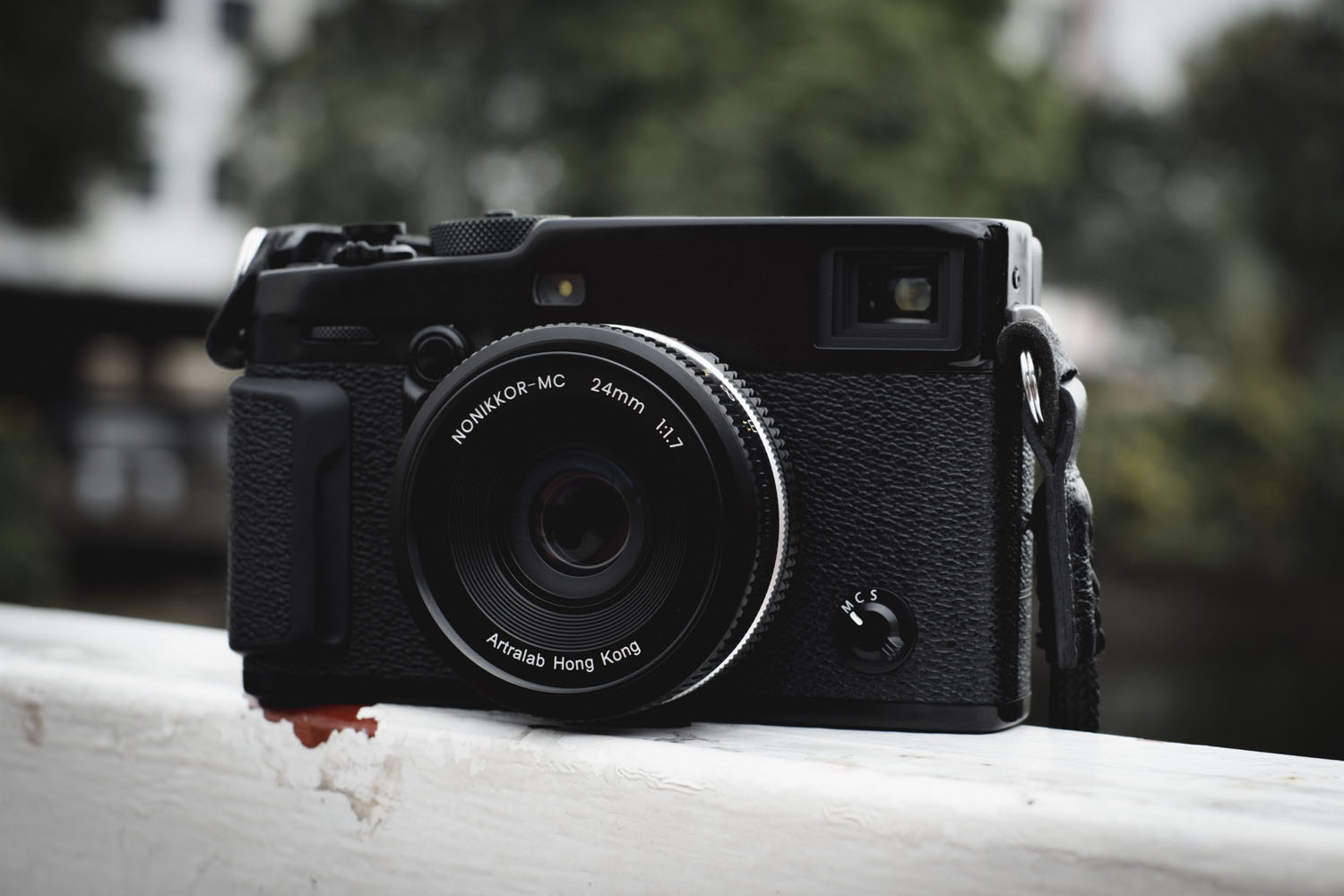



Arran Carter Cheetham
November 21, 2024 @ 12:00 pm
What a lovely review mate! Can’t tell you how tempted I am to pick up one of these being my beloved 35mm equivalent 🤣 thank you for this review 🙌
David Roberts
November 22, 2024 @ 6:05 am
Thanks Arran!
Keep an eye out for my next article, a good-looking bloke makes a cameo!
– David
Arran
November 22, 2024 @ 10:20 am
Oh wow okay haha 😝🤣
Thanks again mate, keep up the good work 👍
Albert Smith
November 21, 2024 @ 2:04 pm
Nice review. Question, does the lens hard stop at true infinity? This has been the most frustrating thing for me when experimenting with the low cost manual focus lenses from other companies.
I finally found my daily use lens in the Voightlander 27mm f/2 which ticks all the boxes, but at the cost, it should.
Thanks.
David Roberts
November 22, 2024 @ 6:02 am
Hi Albert,
I would love to give those VL’s a spin on X-Mount. I had a 15mm Heliar on Sony and loved that but yes, I think they are priced relatively high. Many options for us these days.
The dead stop is marked at infinity but in reality, focuses beyond slightly. I had to triple check as I don’t really do a whole lot of large depth of field work. Will keep this in mind for future reviews.
Thanks for reading!
– David
Johan Otterdahl Edfeldt
November 27, 2024 @ 10:12 am
Best review I’ve seen in a long time for a lens for Fujifilm ! Nice images
Laurence
November 27, 2024 @ 11:03 am
Hi. Thanks for the review. Question – does it have clicked aperture stops?
Cheers.
David Roberts
November 27, 2024 @ 11:52 am
Hi Laurence,
It absolutely does and goes from F1.7 to F2.8, then in full stop increments to F16. They are nice “secure” tactile bumps.
I will make sure to put this information in all reviews going forward.
– David
Laurence
November 28, 2024 @ 12:16 pm
Thanks for taking the time to answer David. That’s great.
Laurence
David Roberts
November 27, 2024 @ 11:47 am
Thanks Johan!
I have lots of unique lenses to review here in 2025, hope you find something that might be of interest to you.
Trying my best to get a good set of images in-the-field because (to me) that’s what matters most!
– David
Legendary Presets
December 10, 2024 @ 1:56 pm
The XF 27mm f/2.8 WR shines as a versatile lens, making it perfect for me as everyday lens, especially because of its weather resistance. Just the lack of an aperture ring, which is part of many Fujifilm lenses, is a bit of a downside. Overall, it’s a great choice for those seeking simplicity and without compromising image quality!